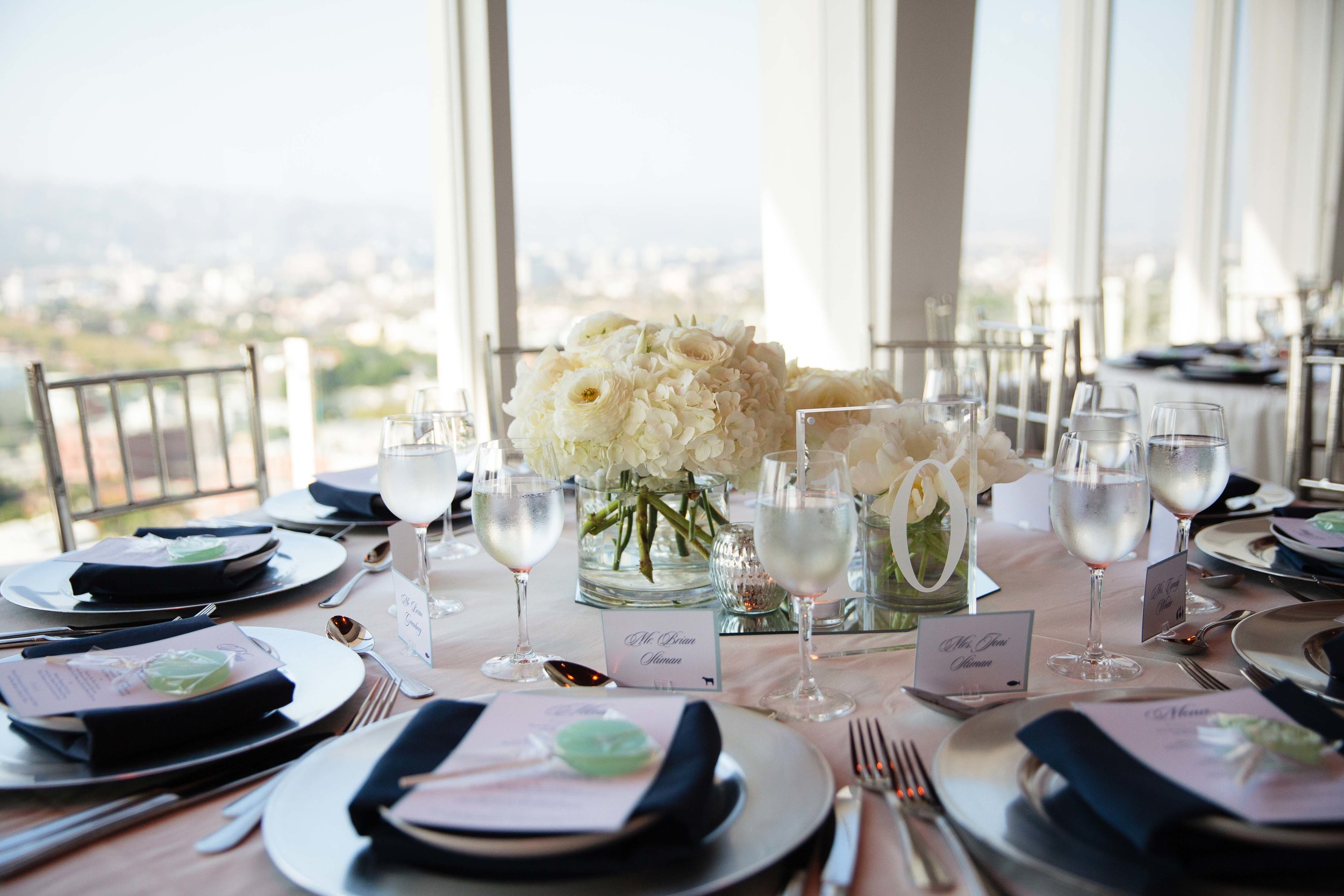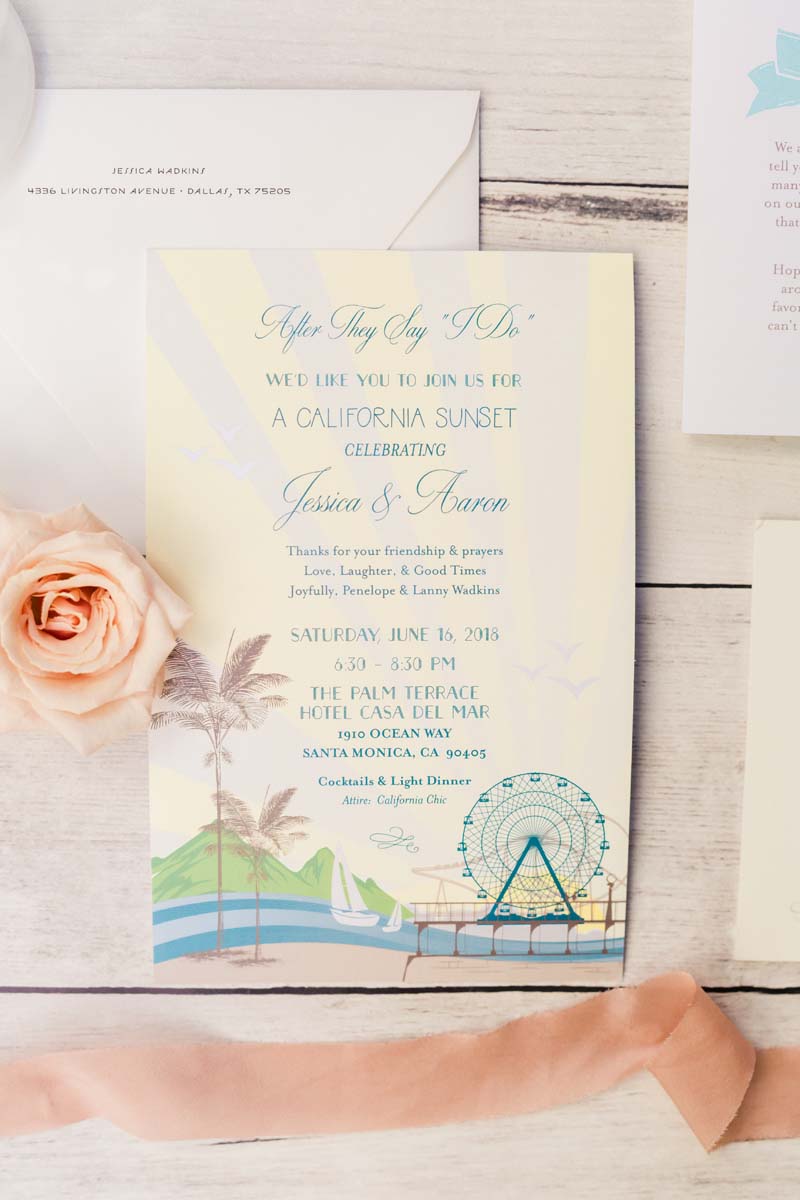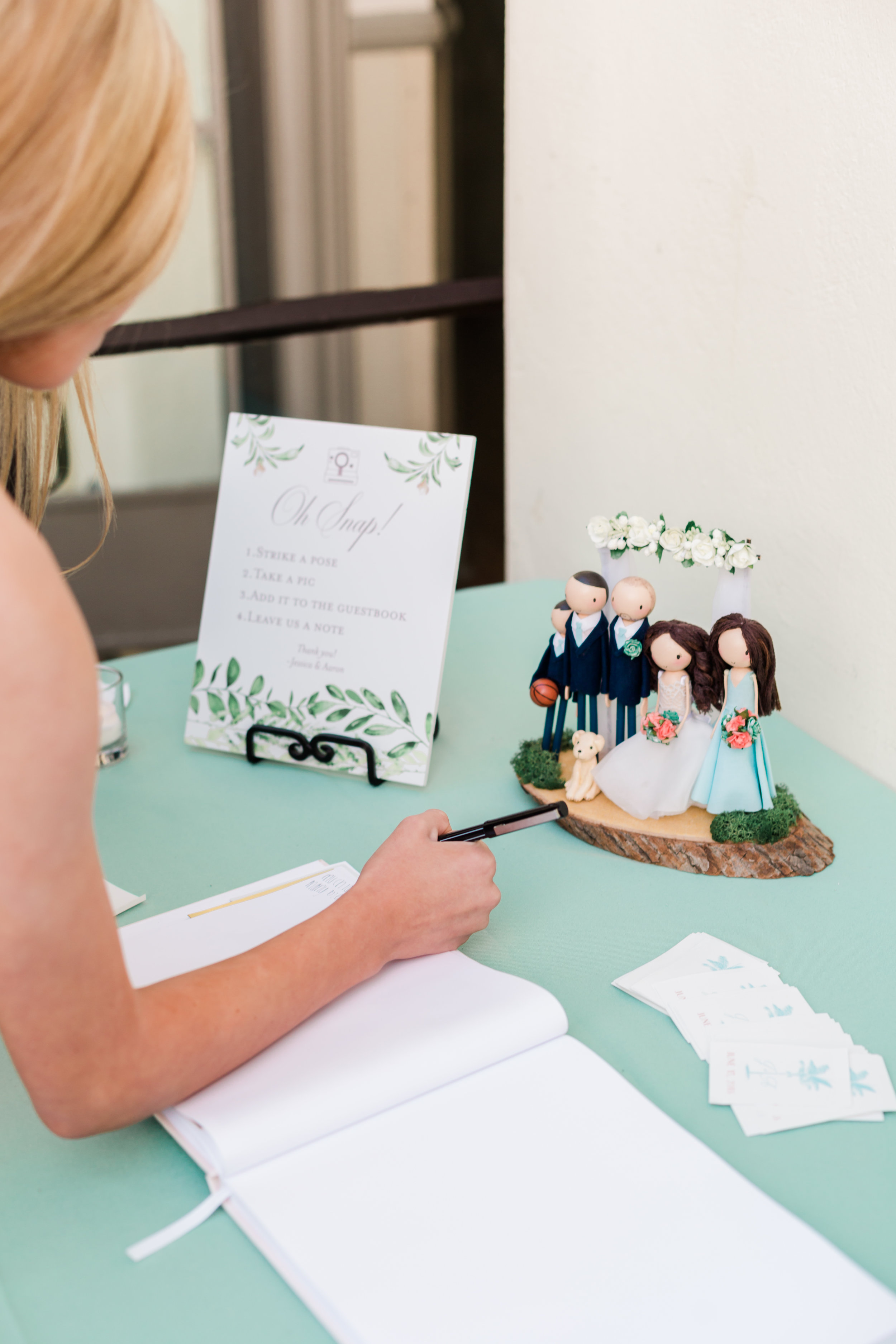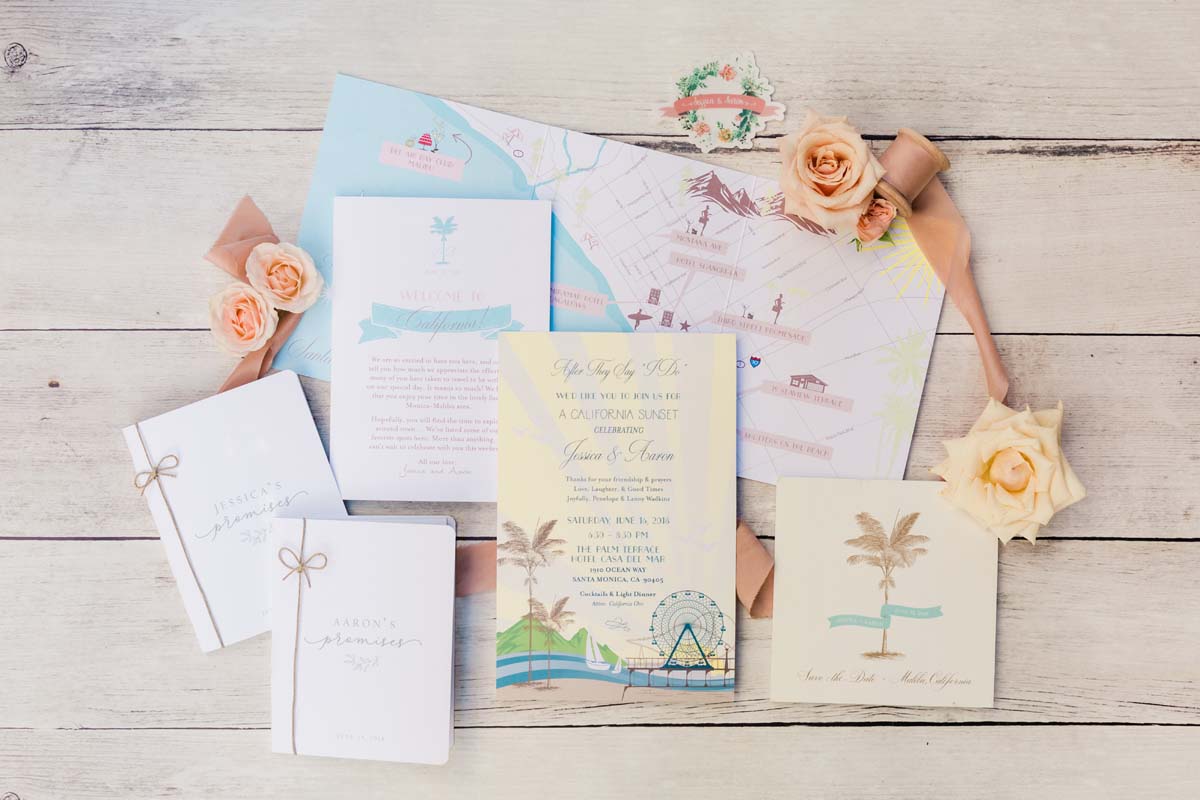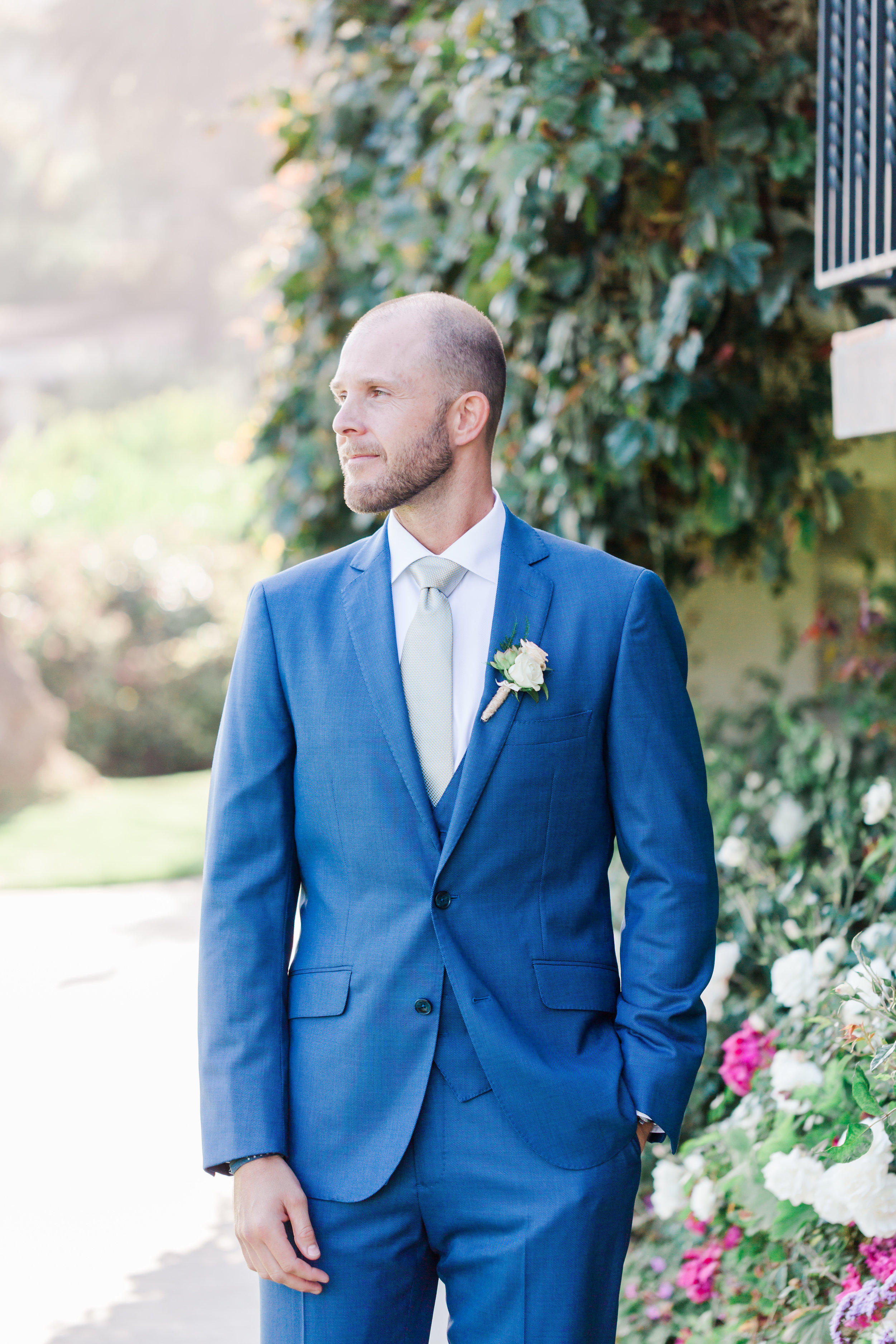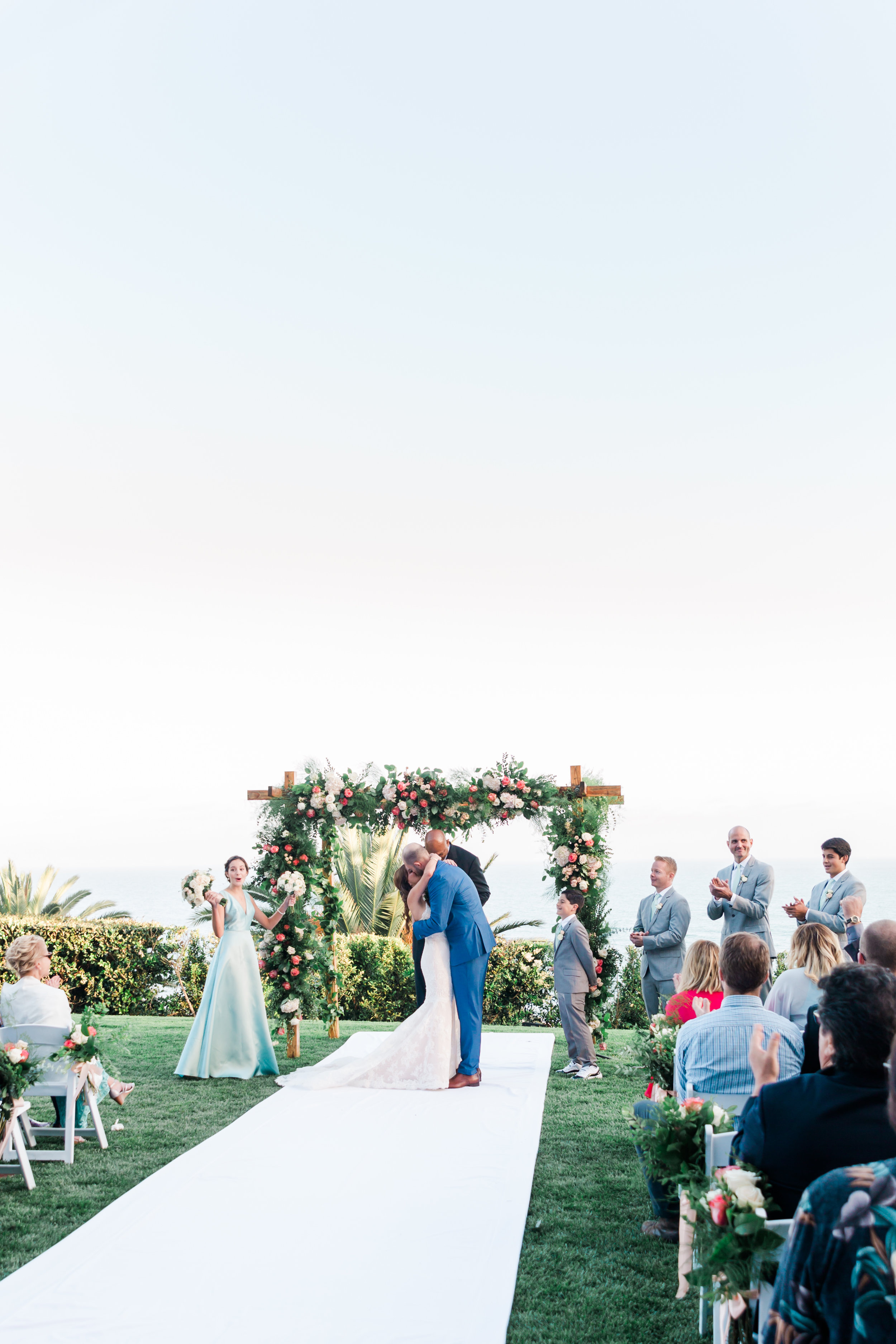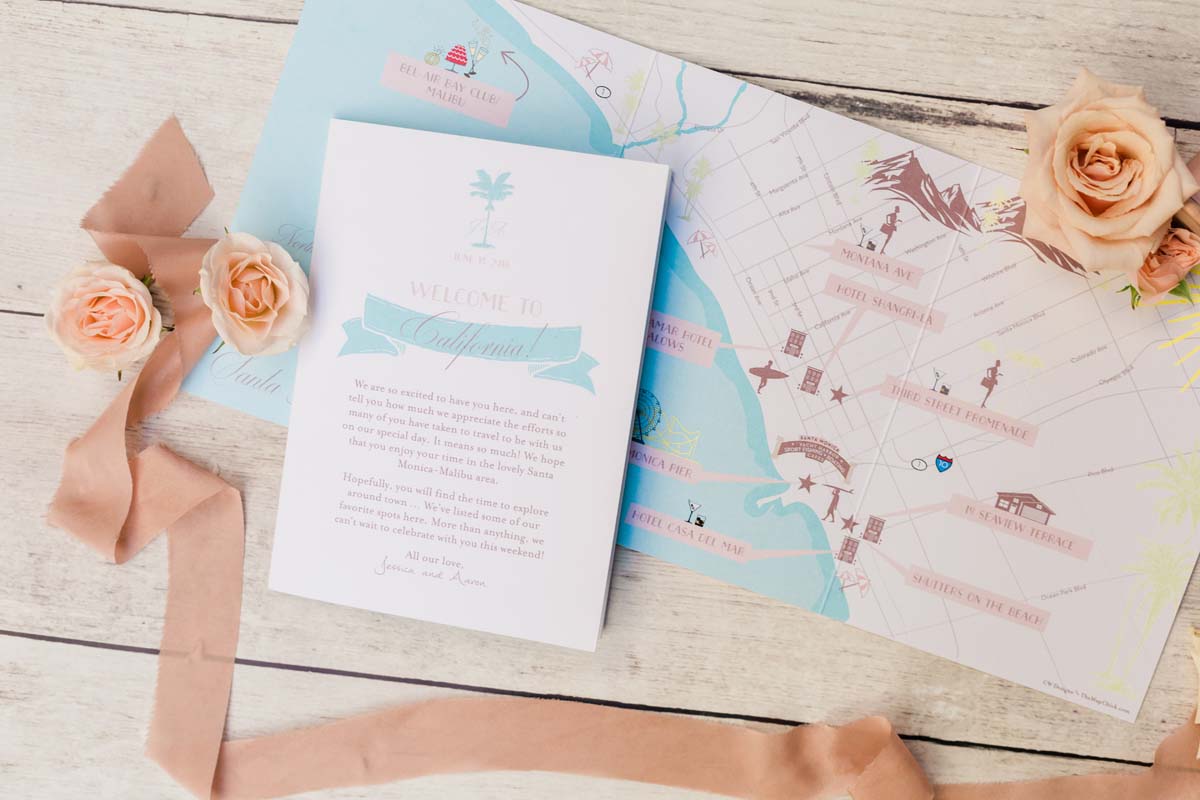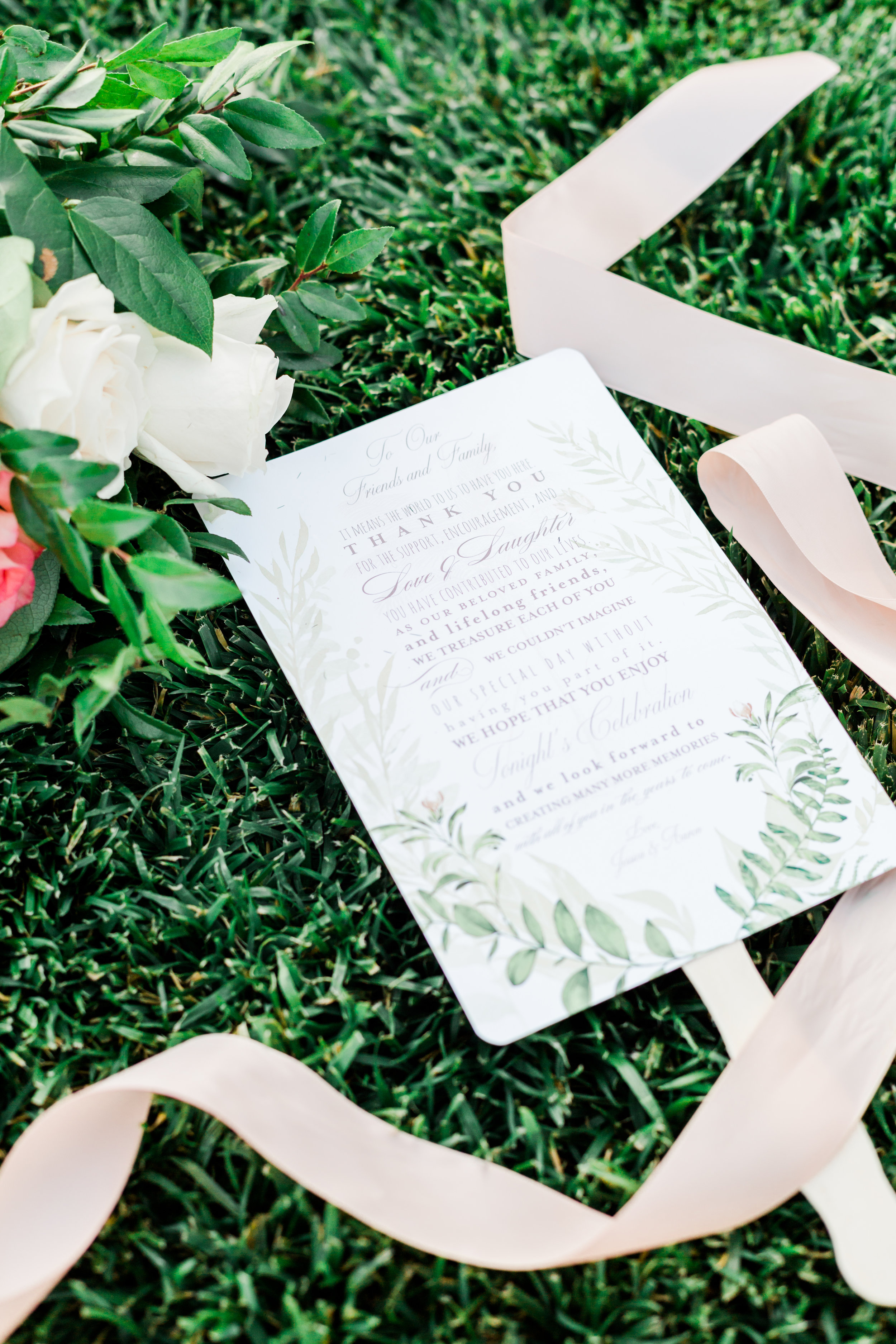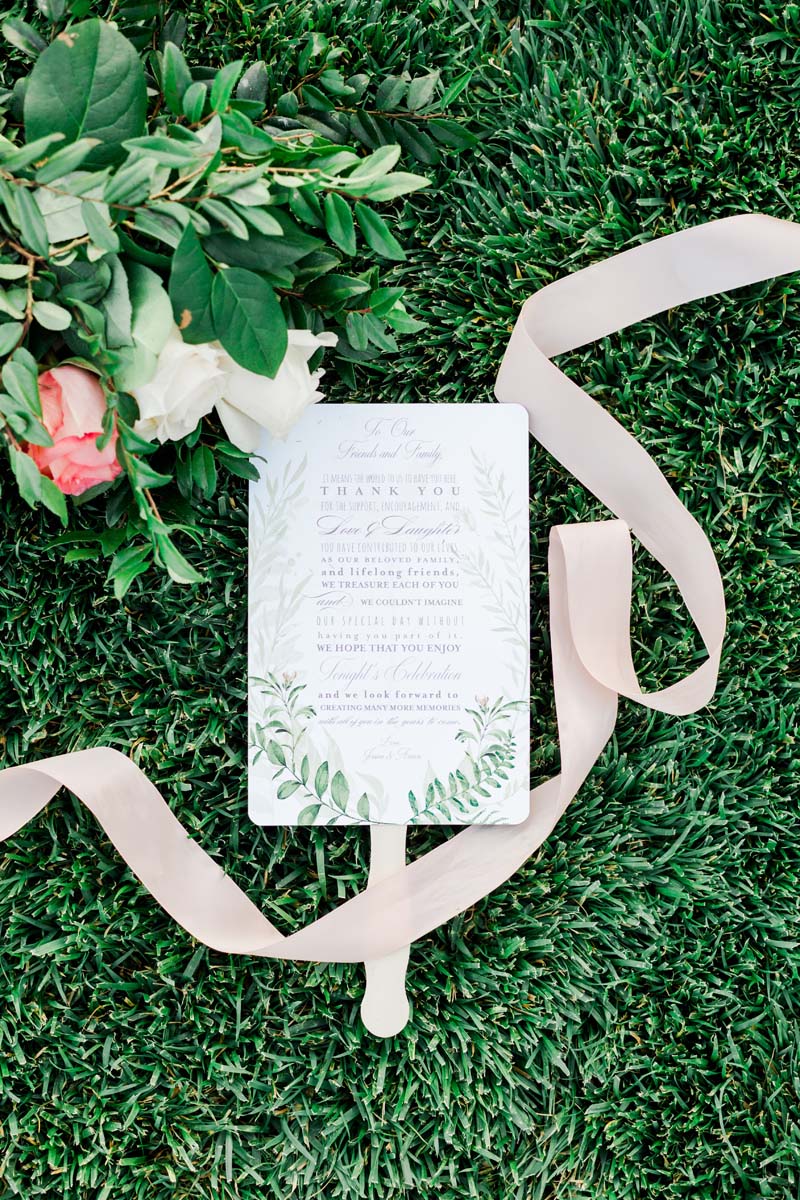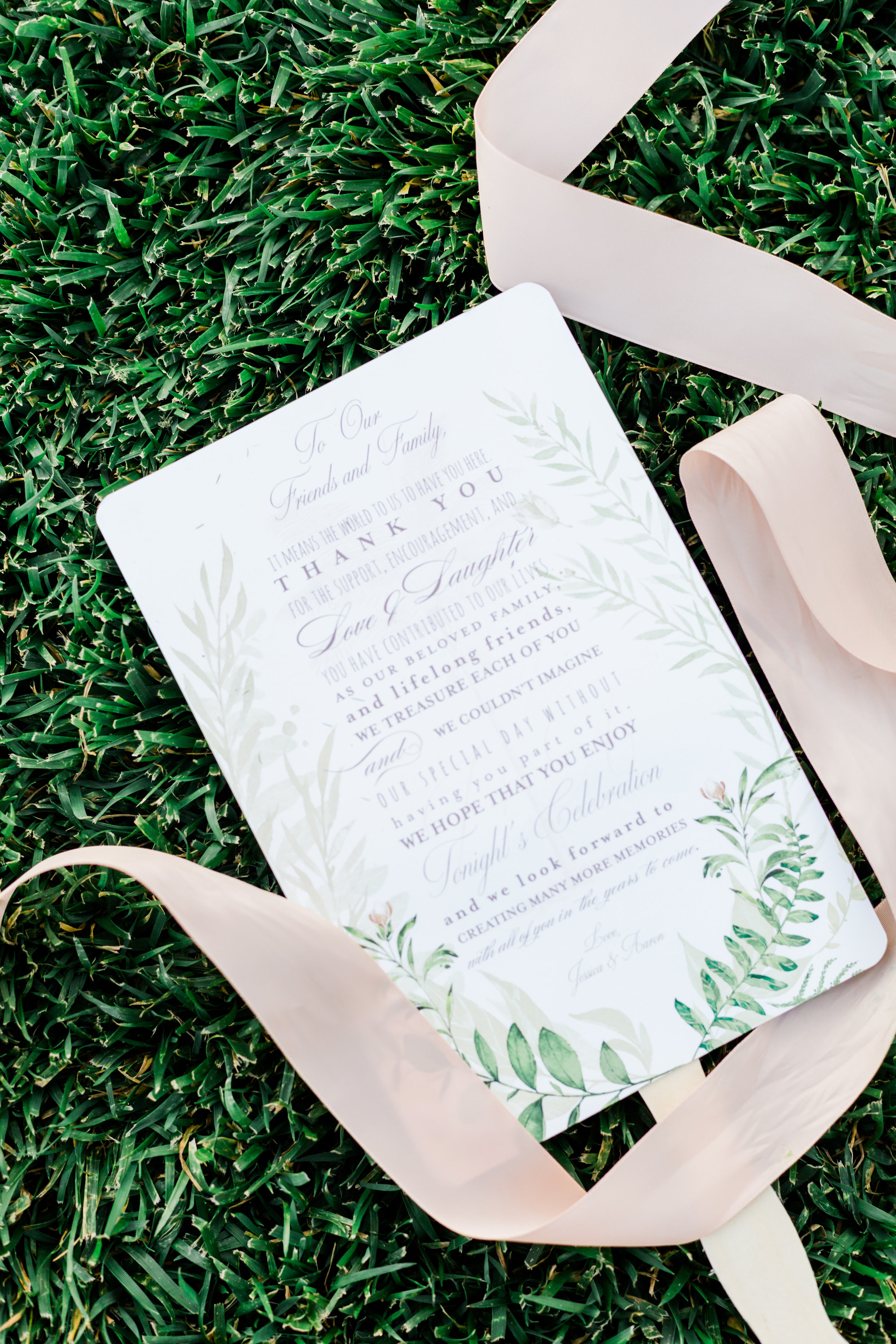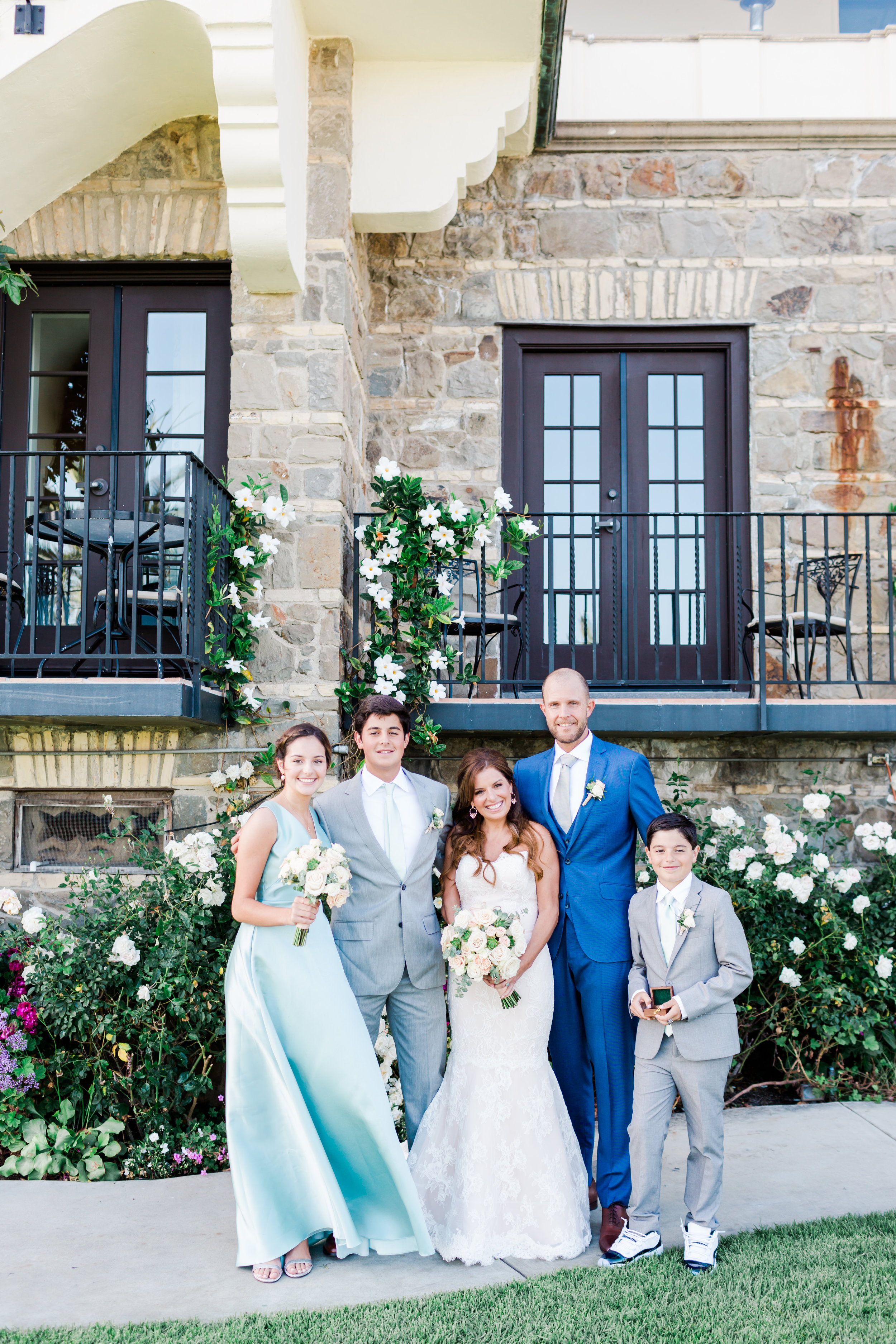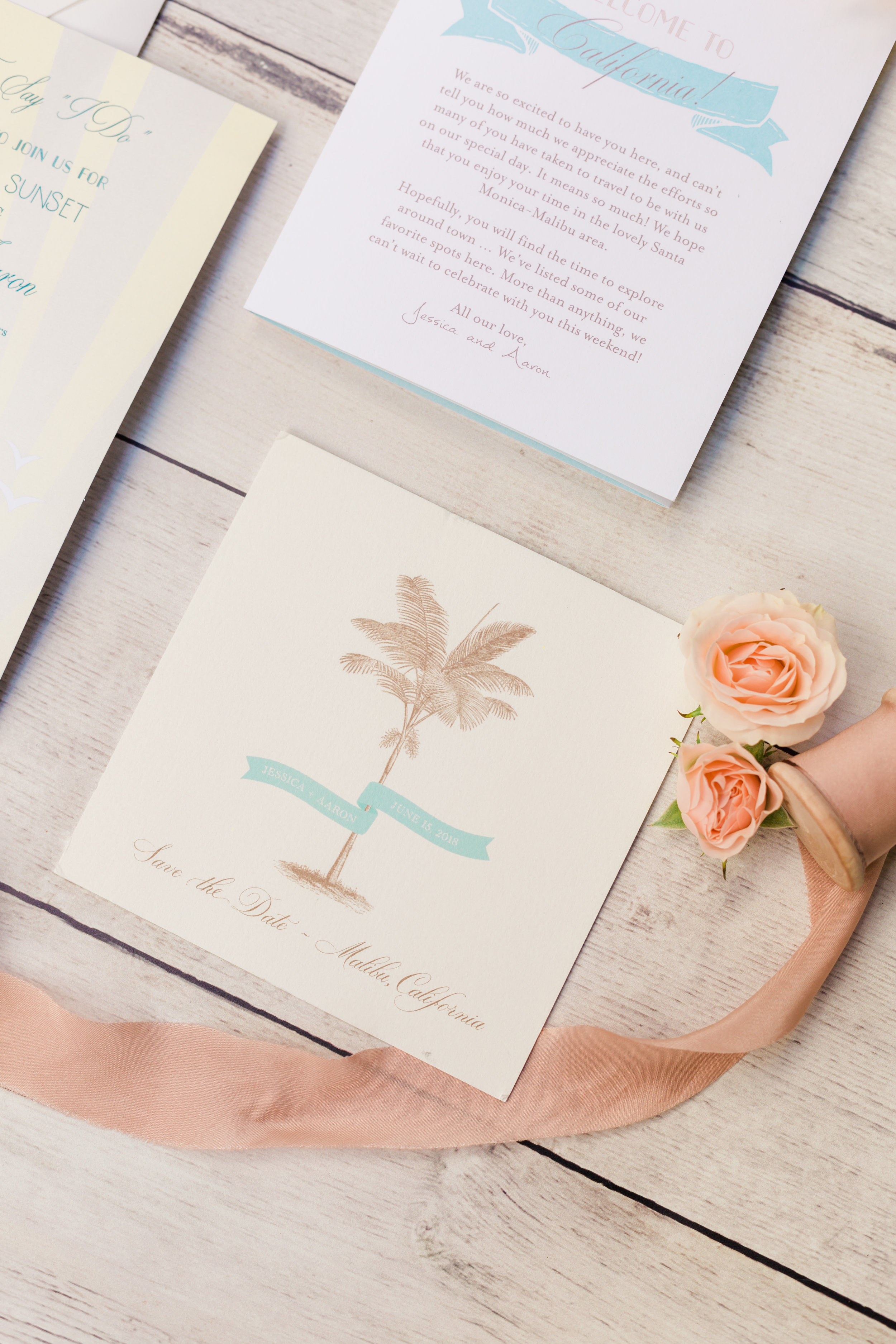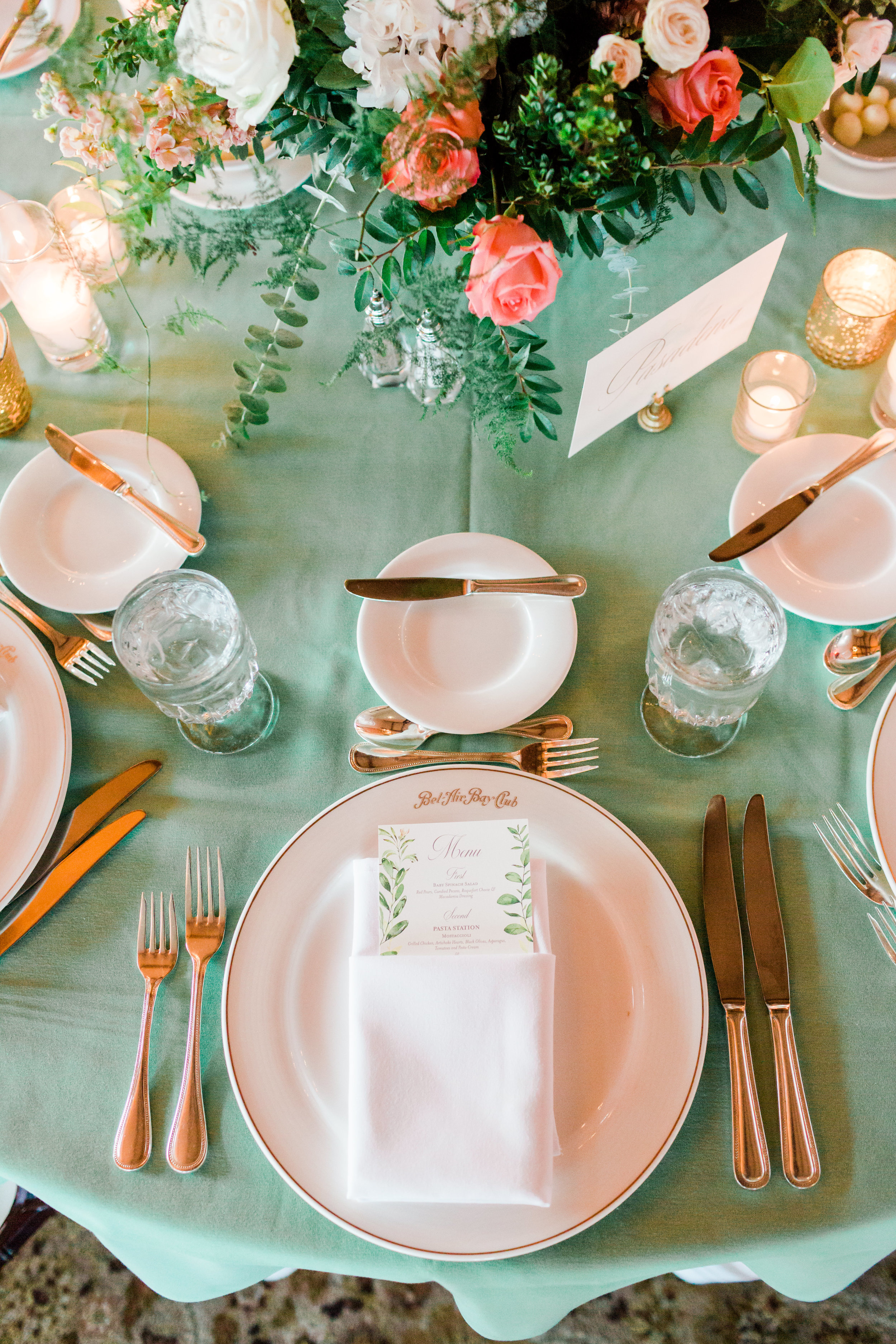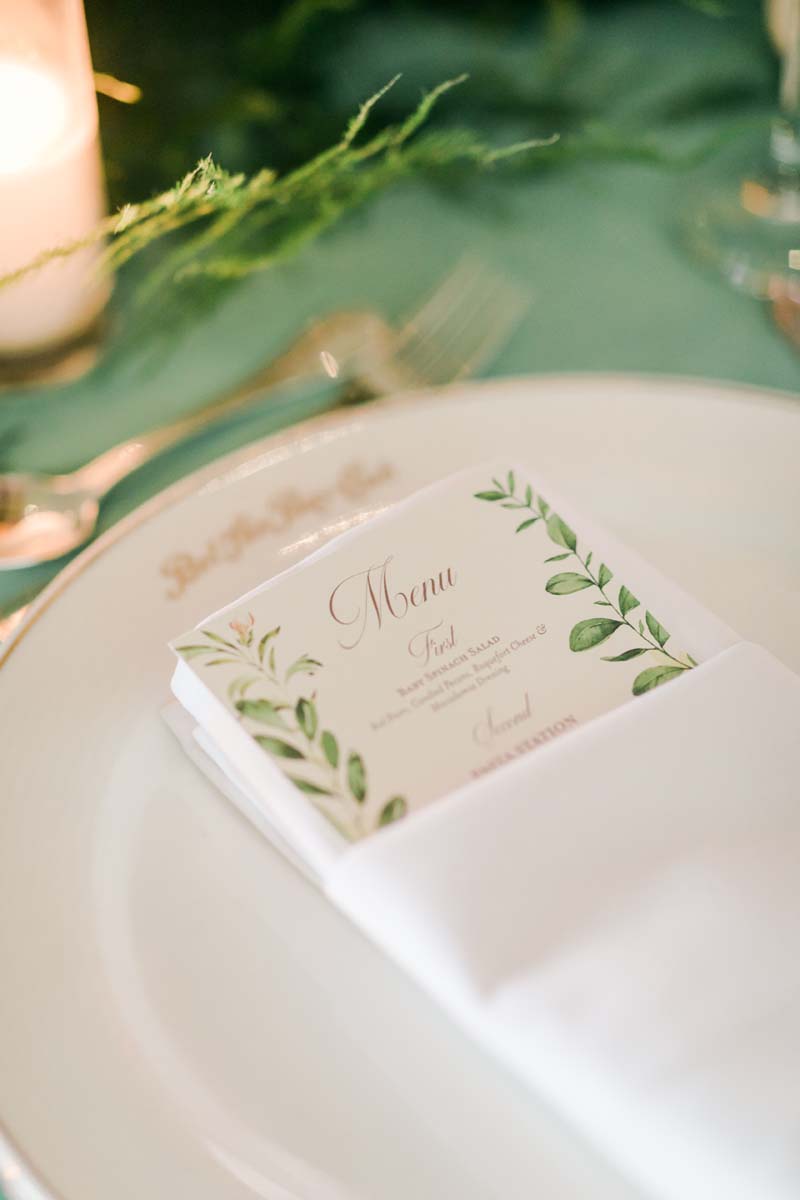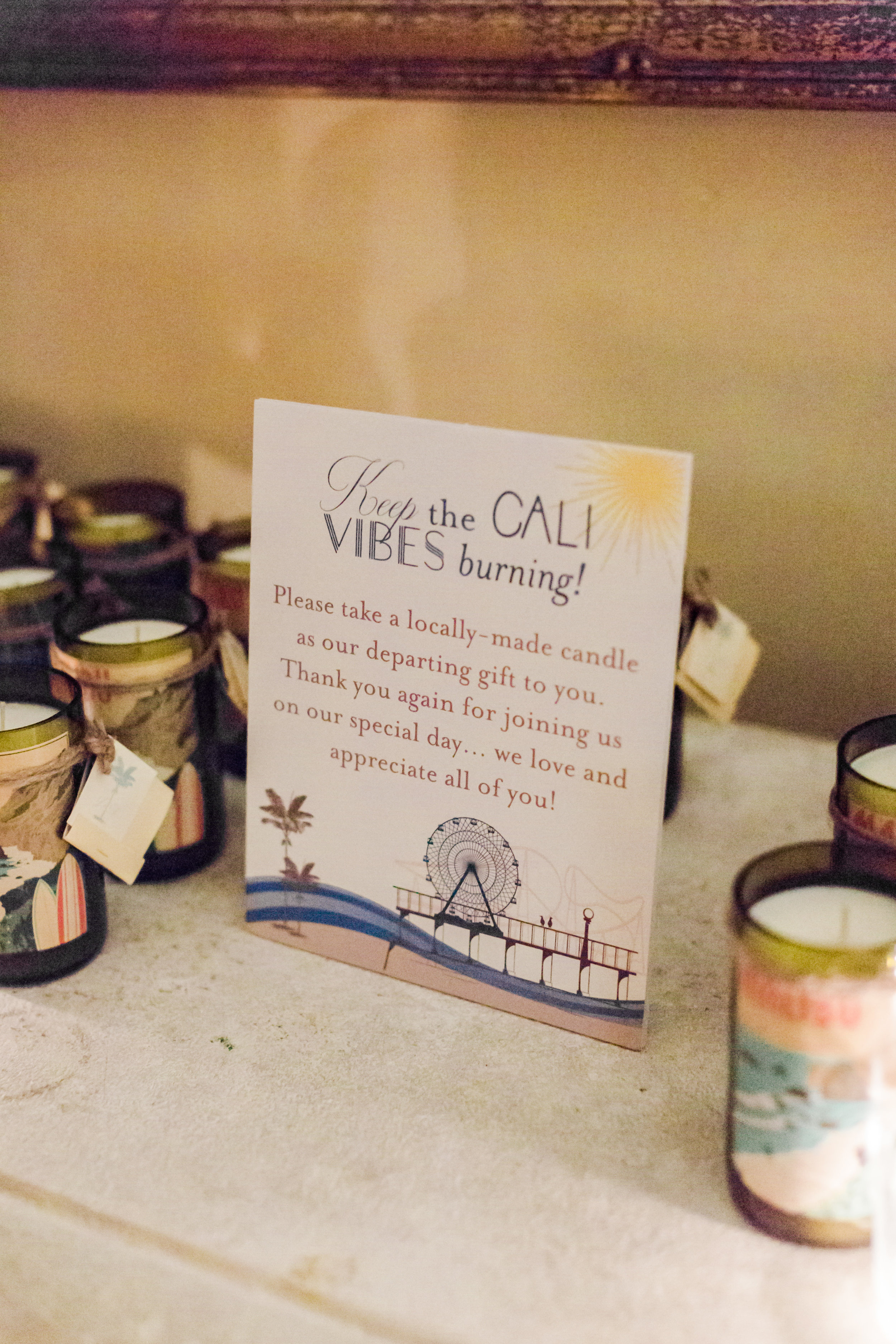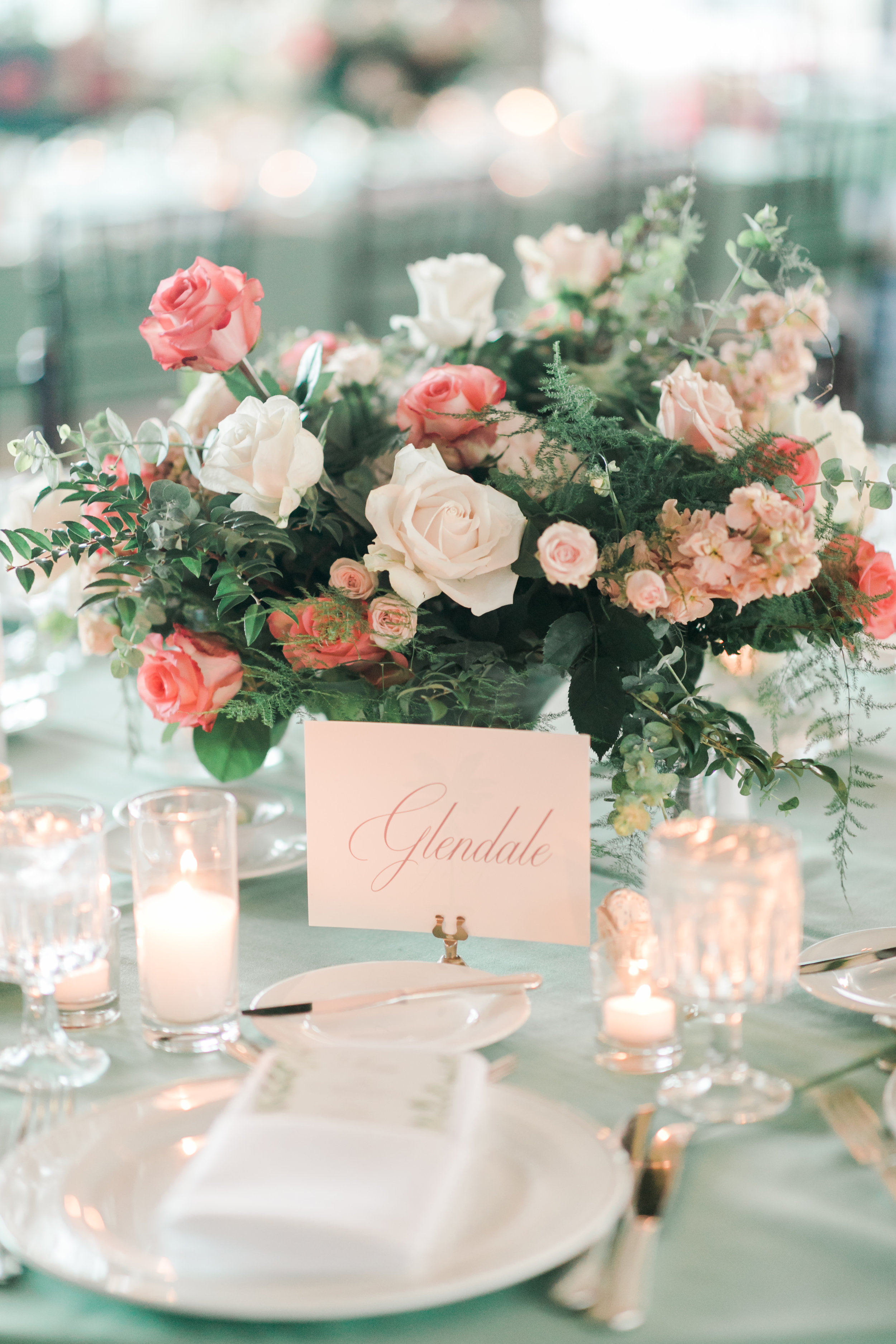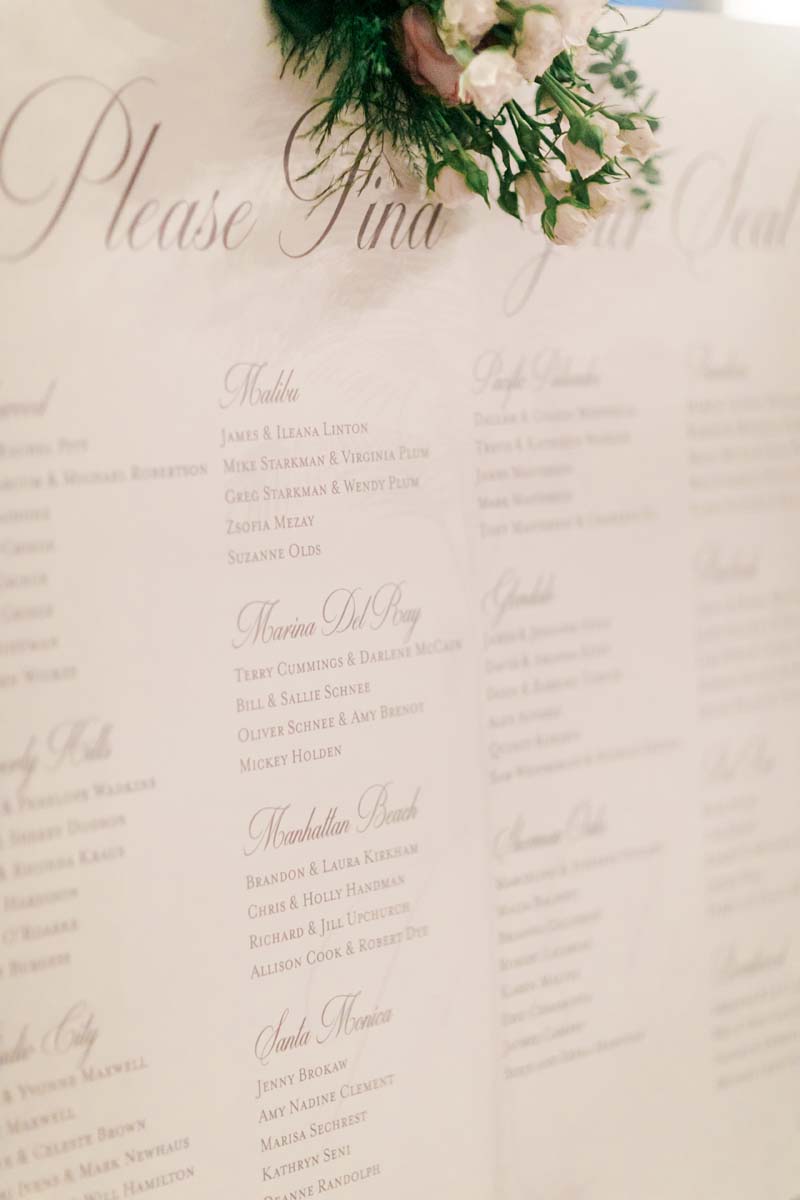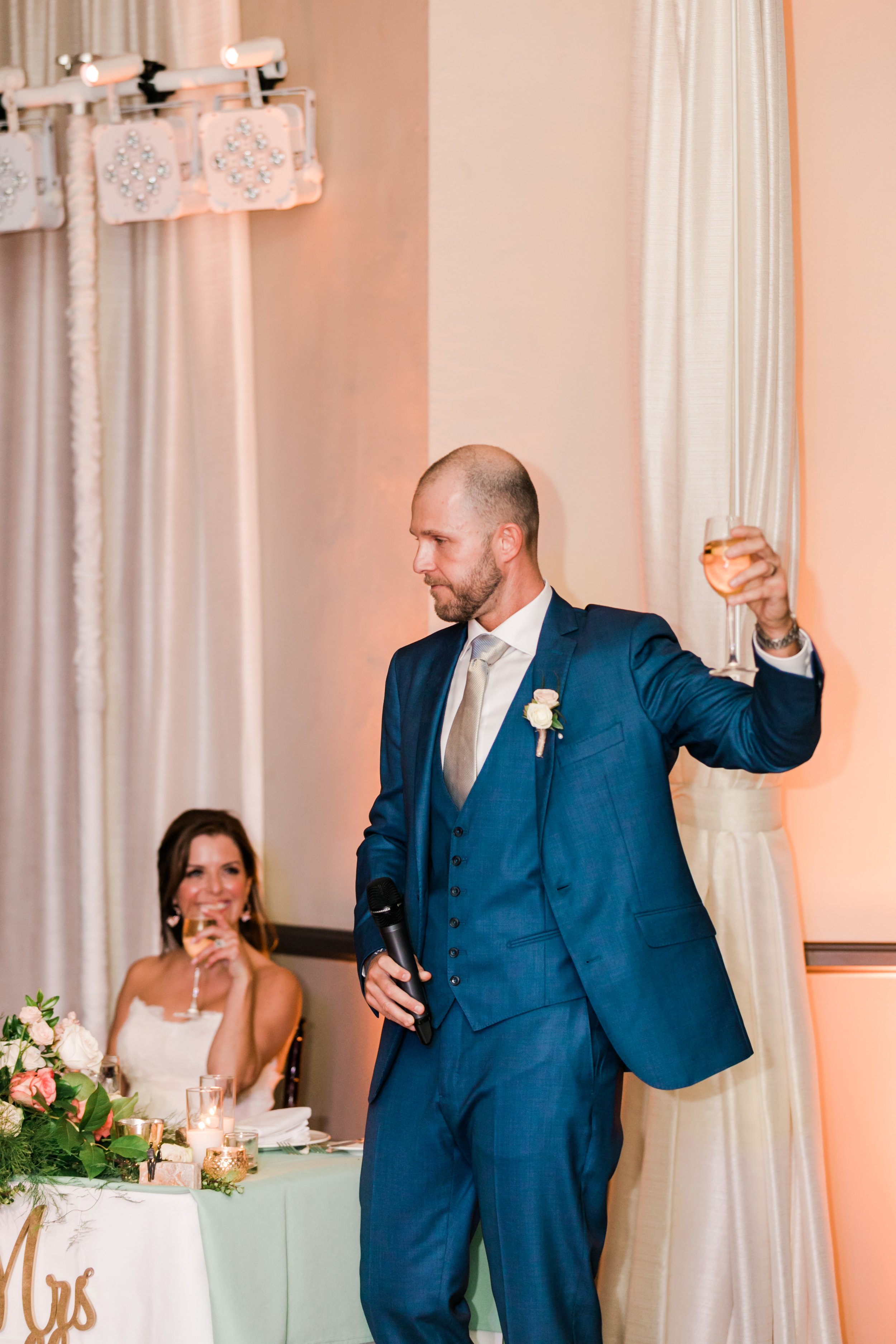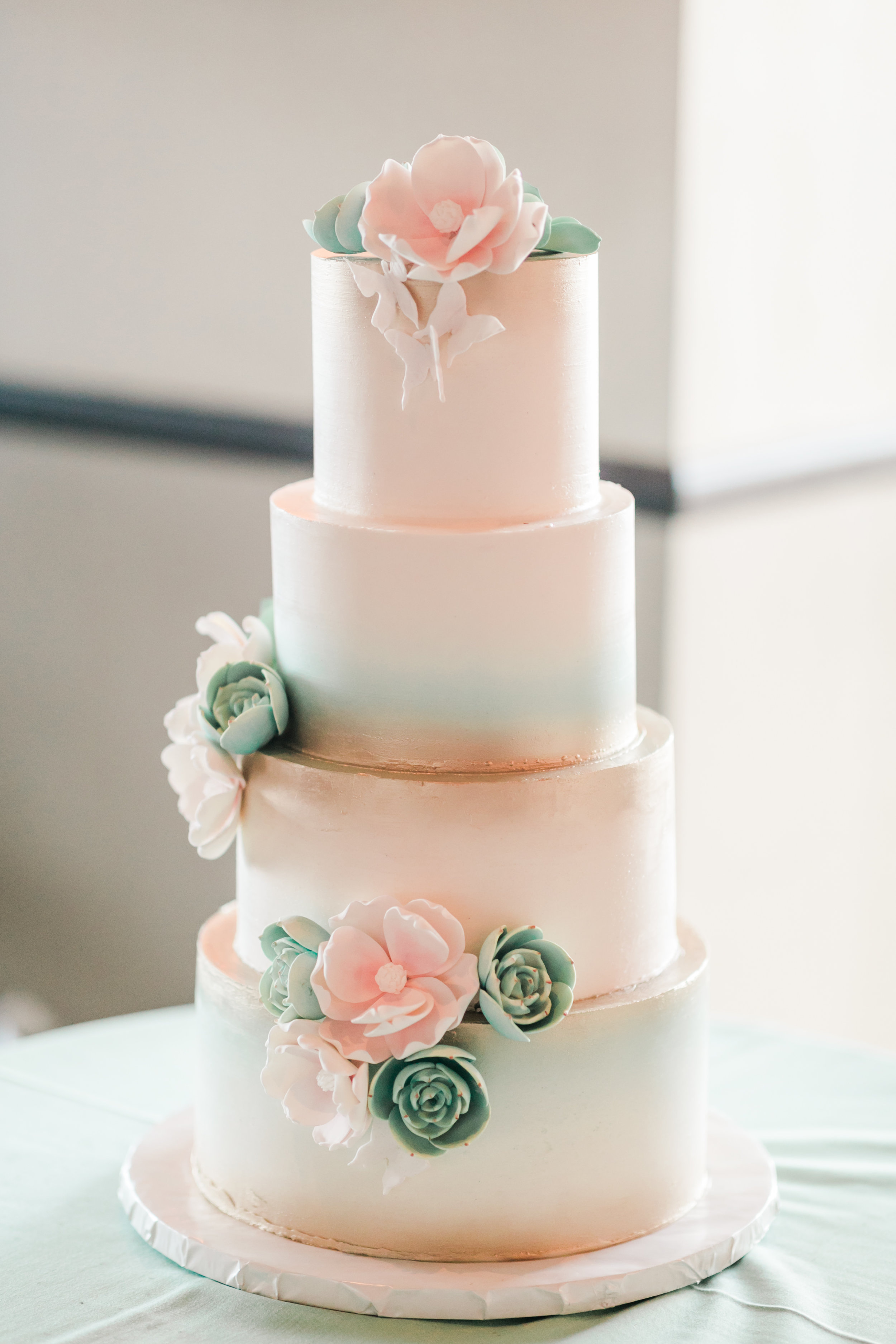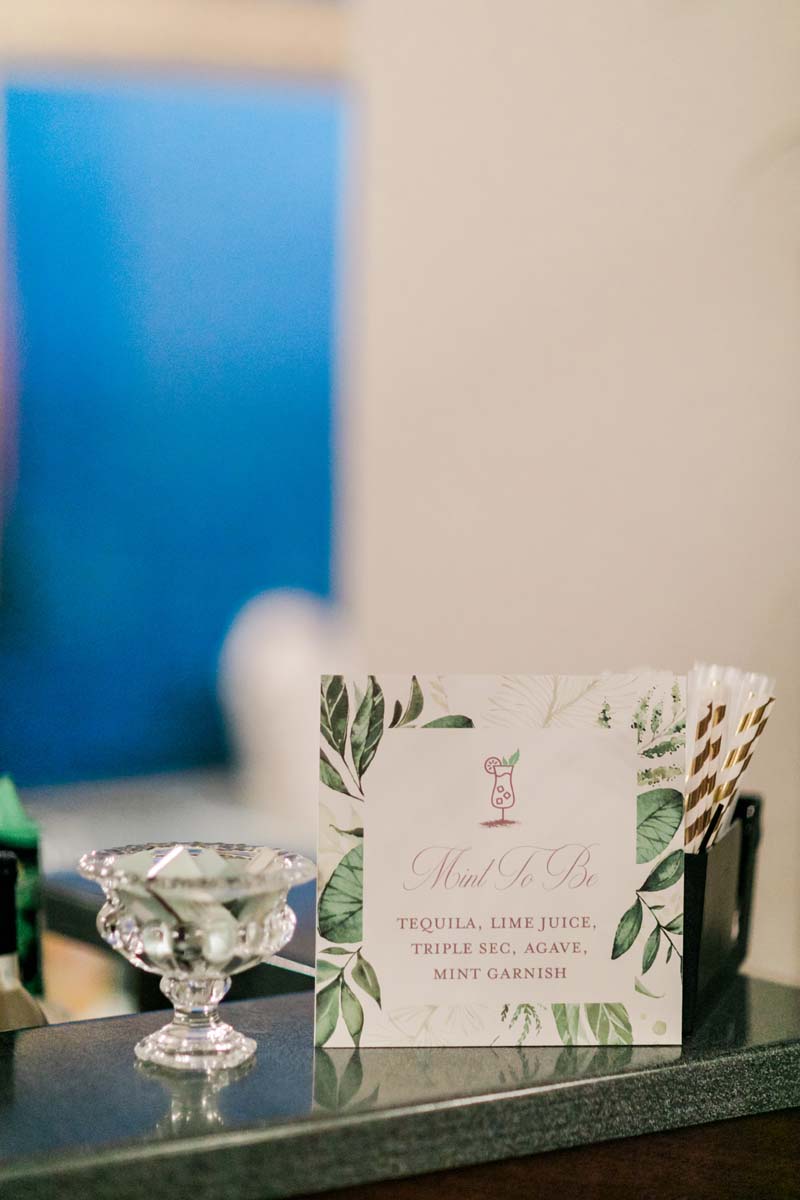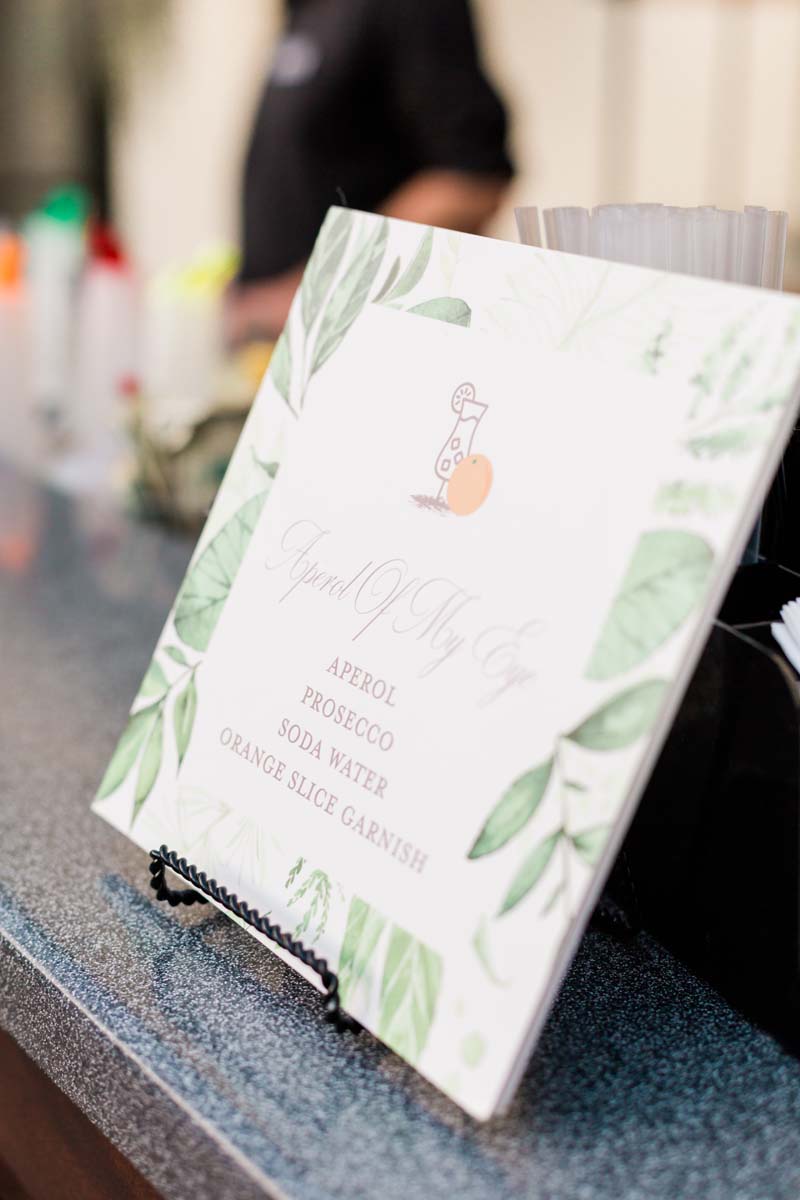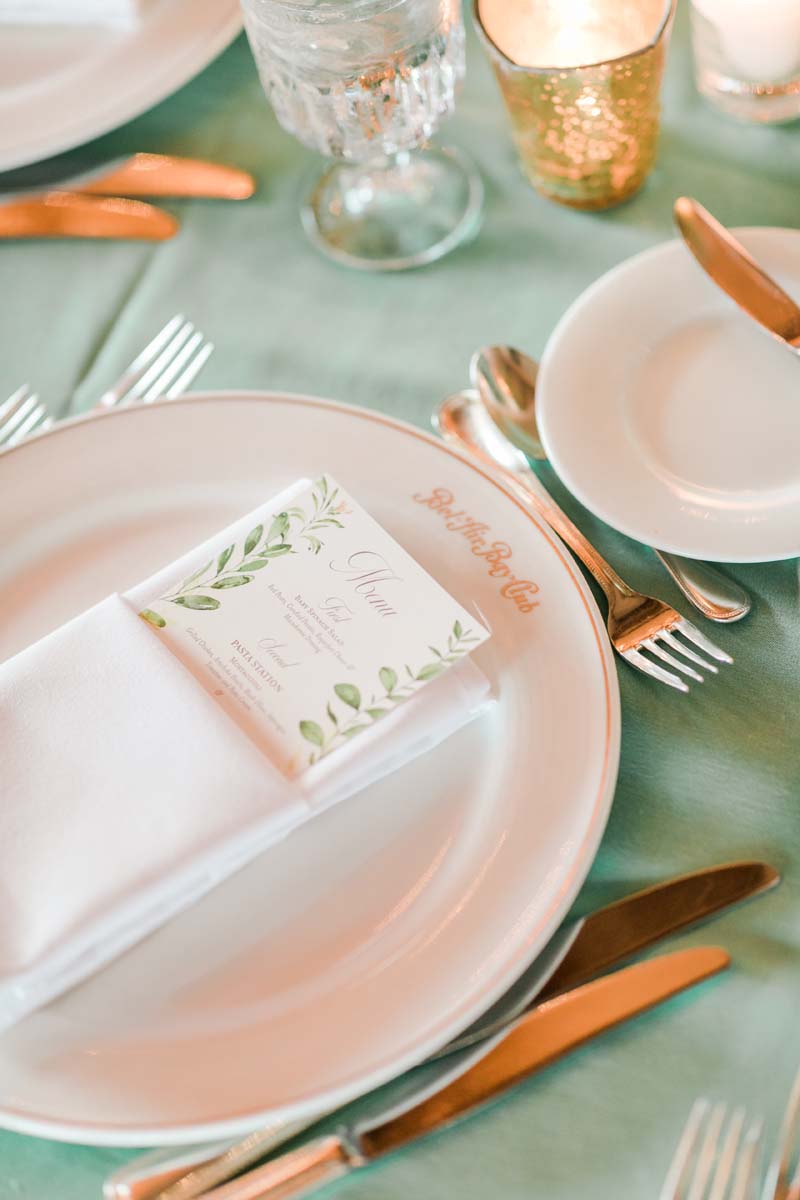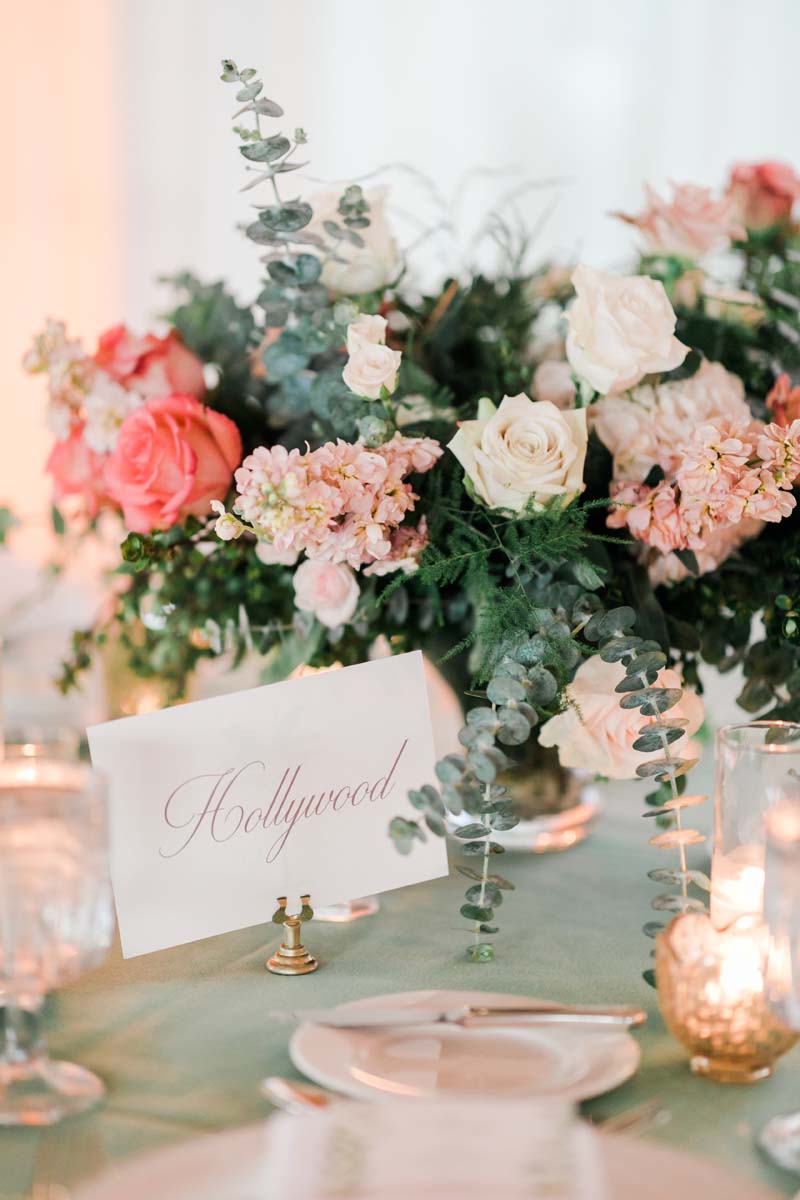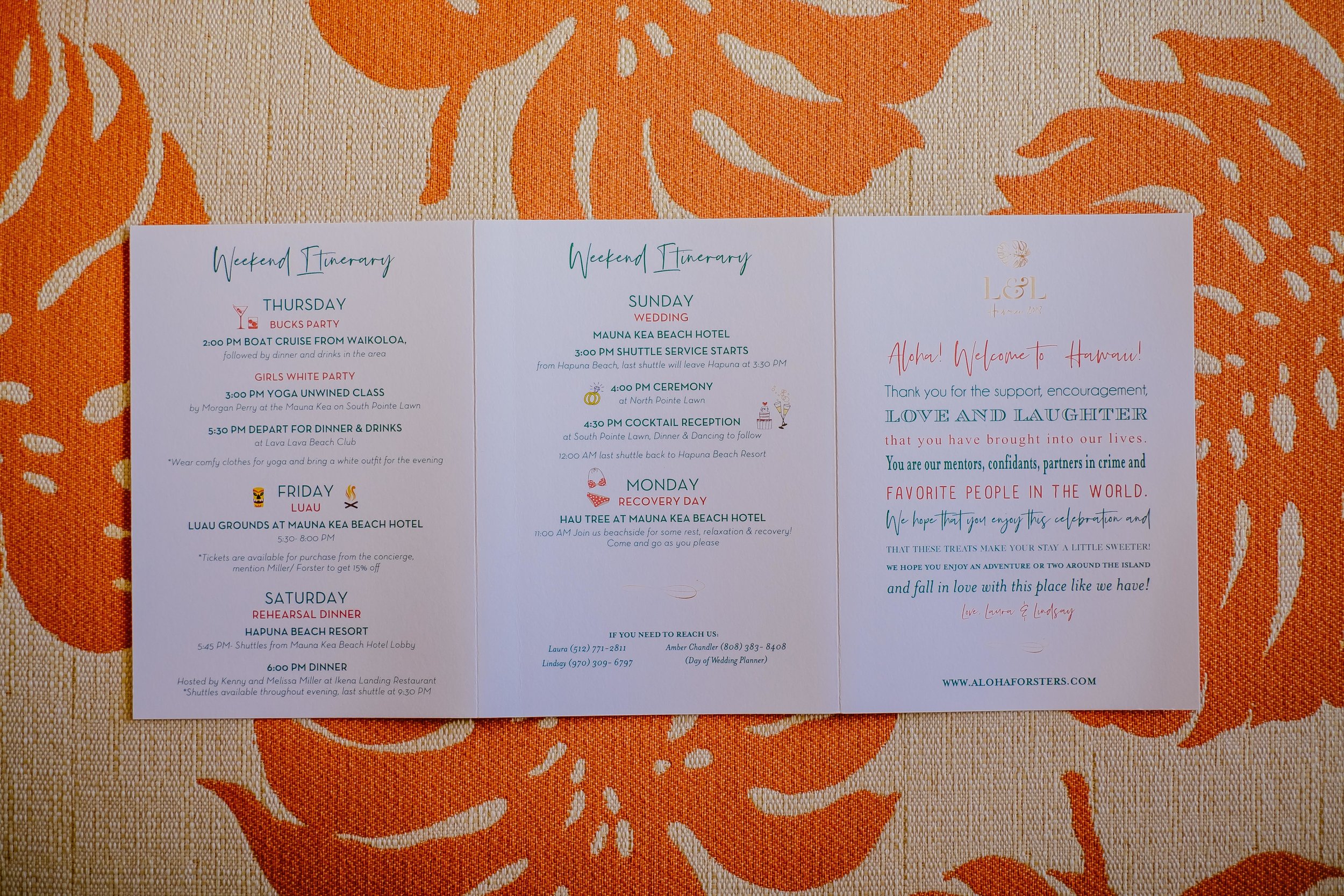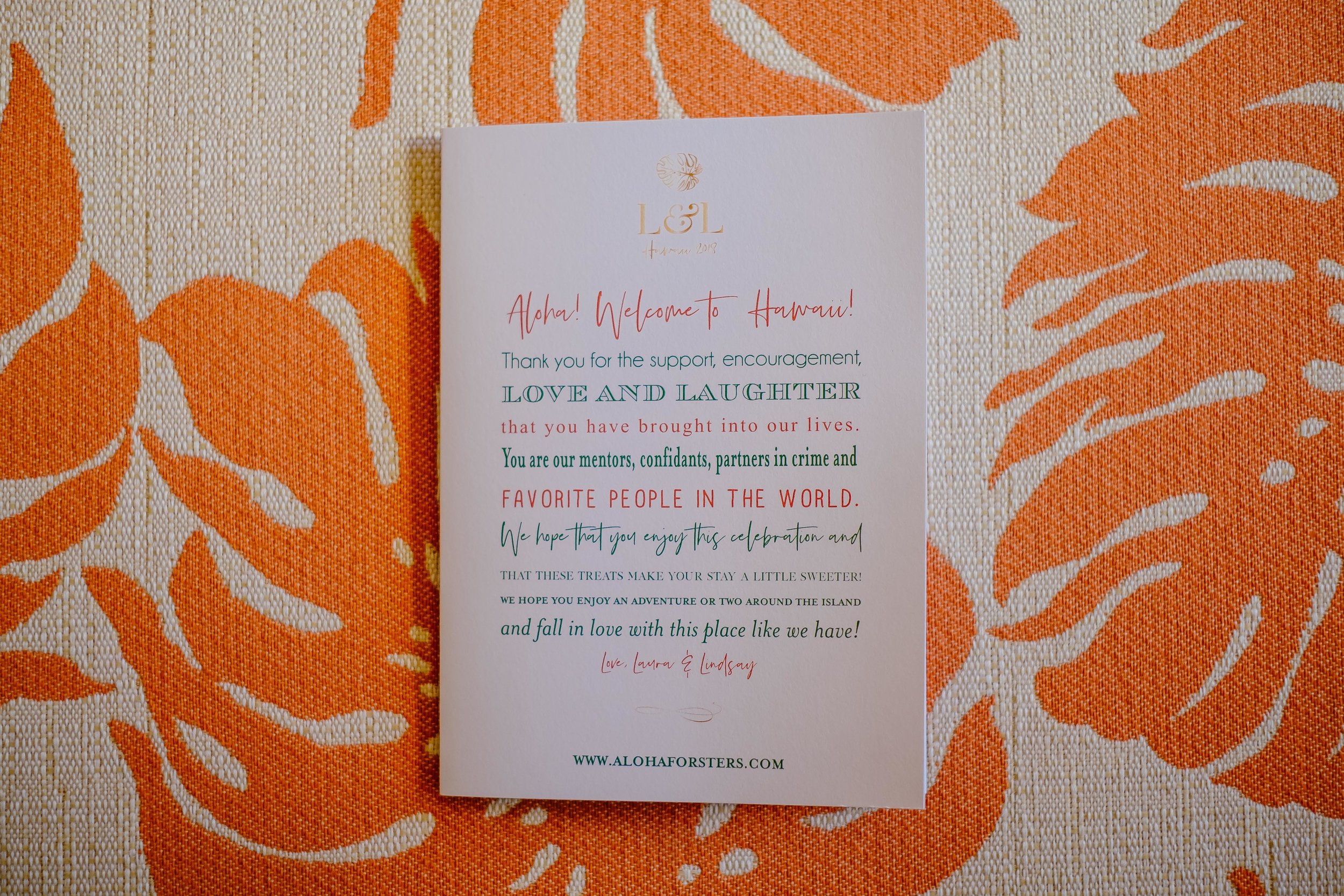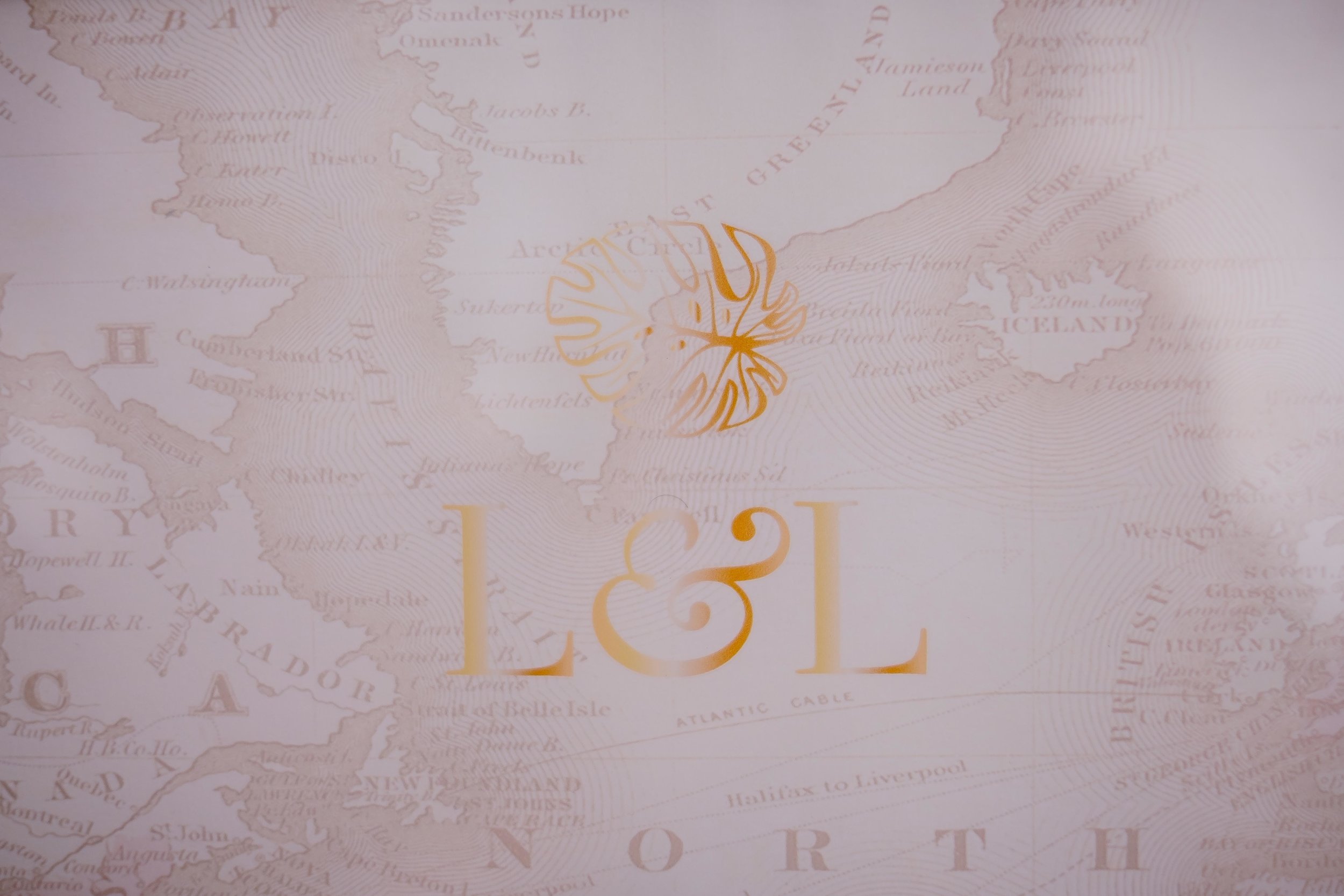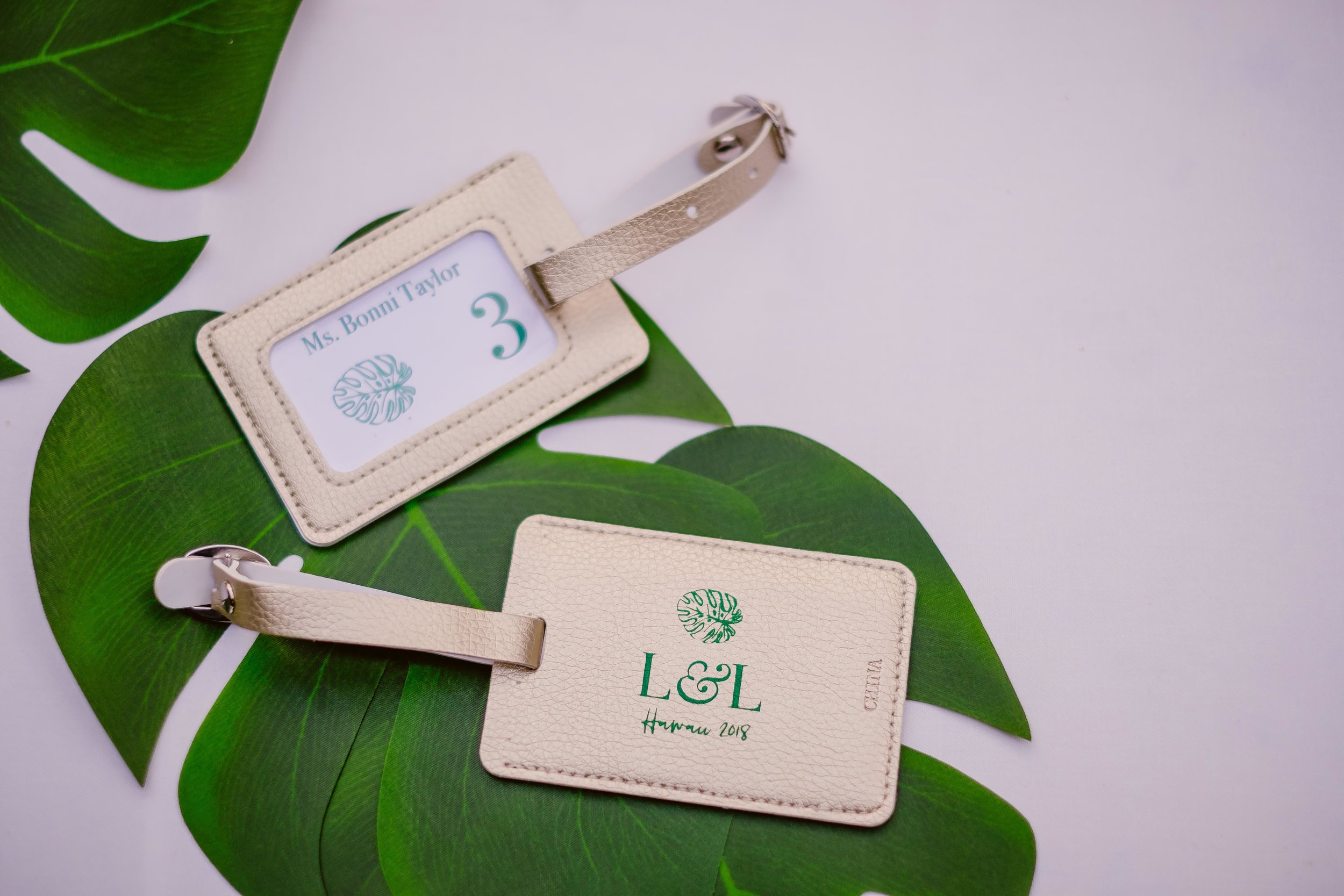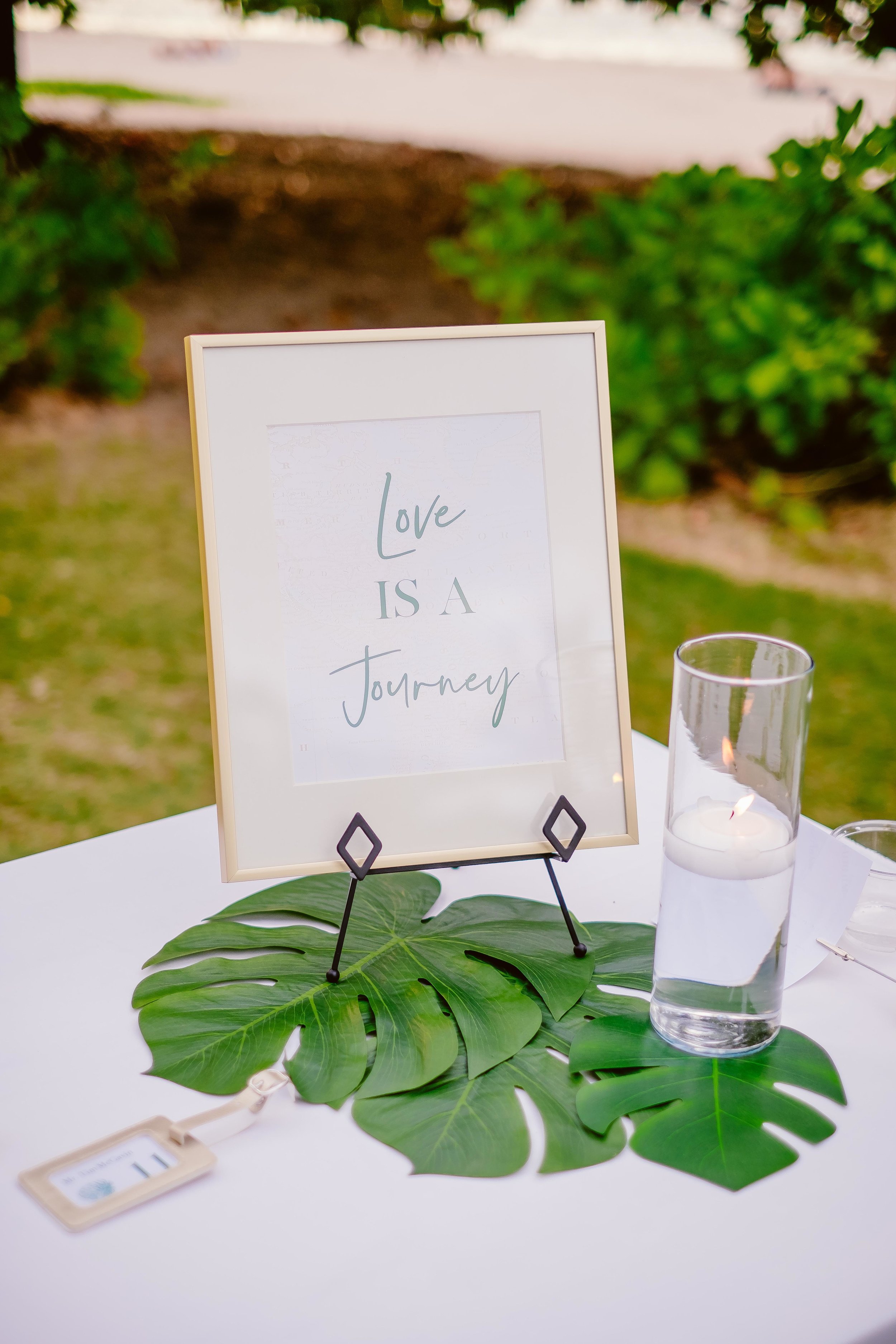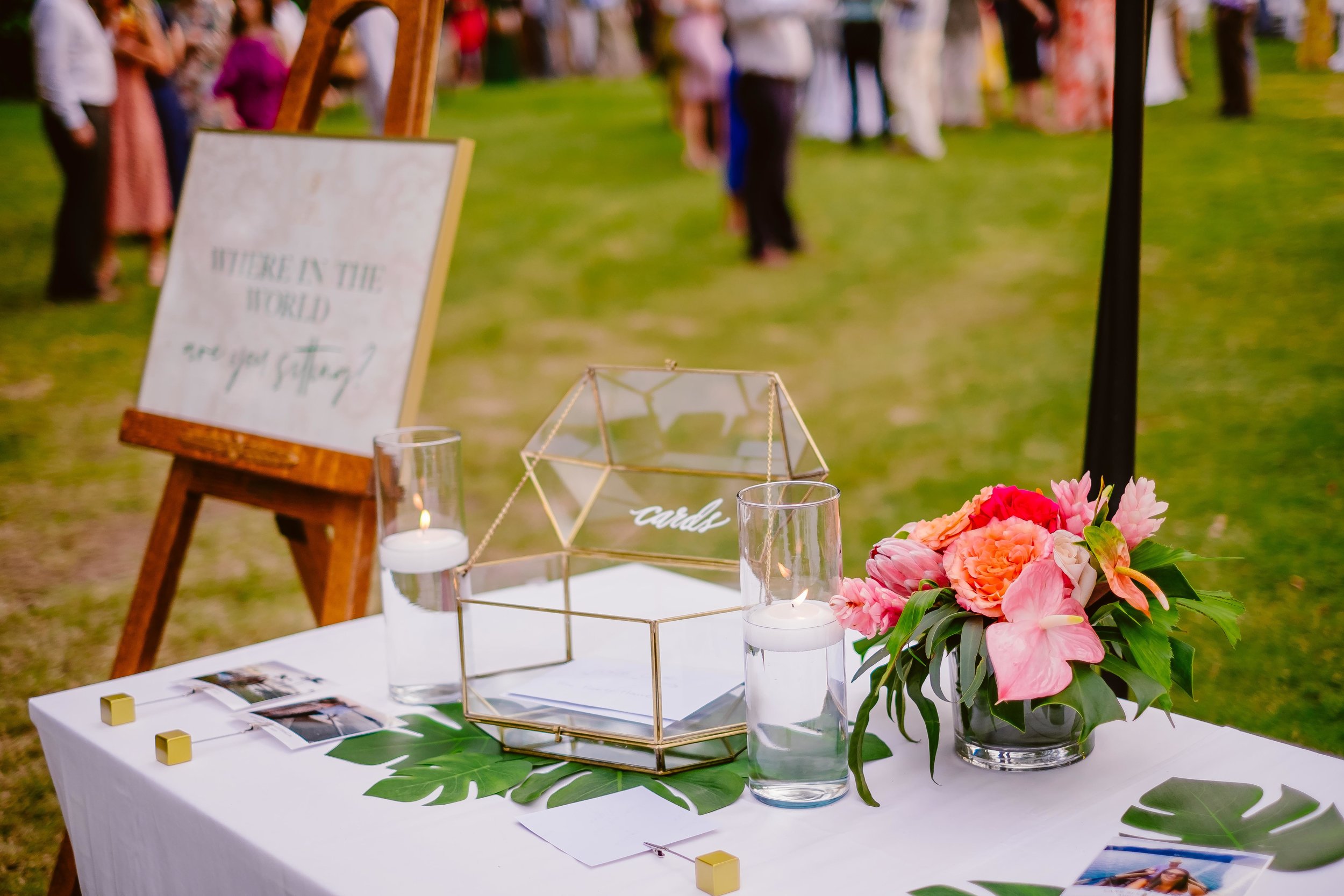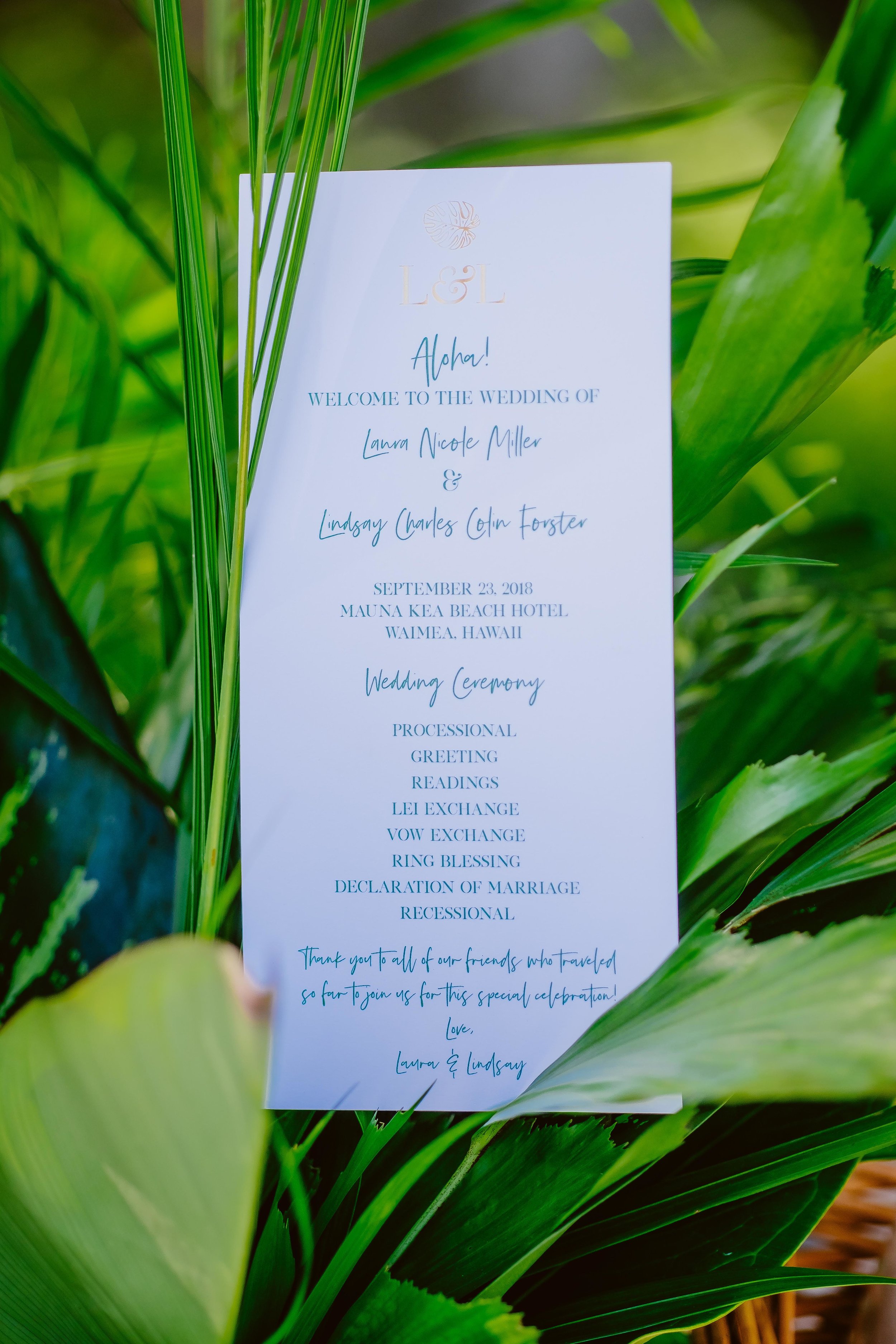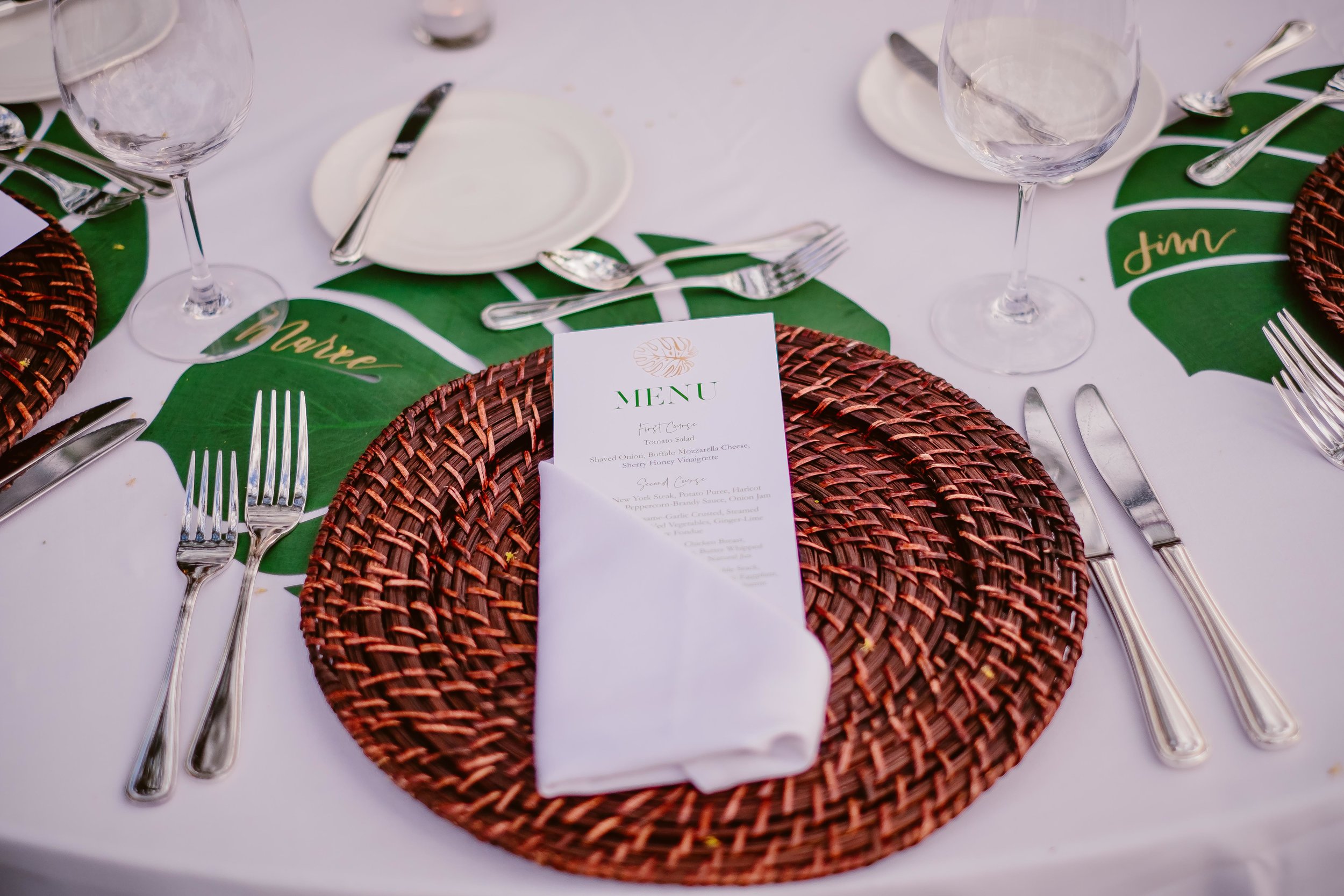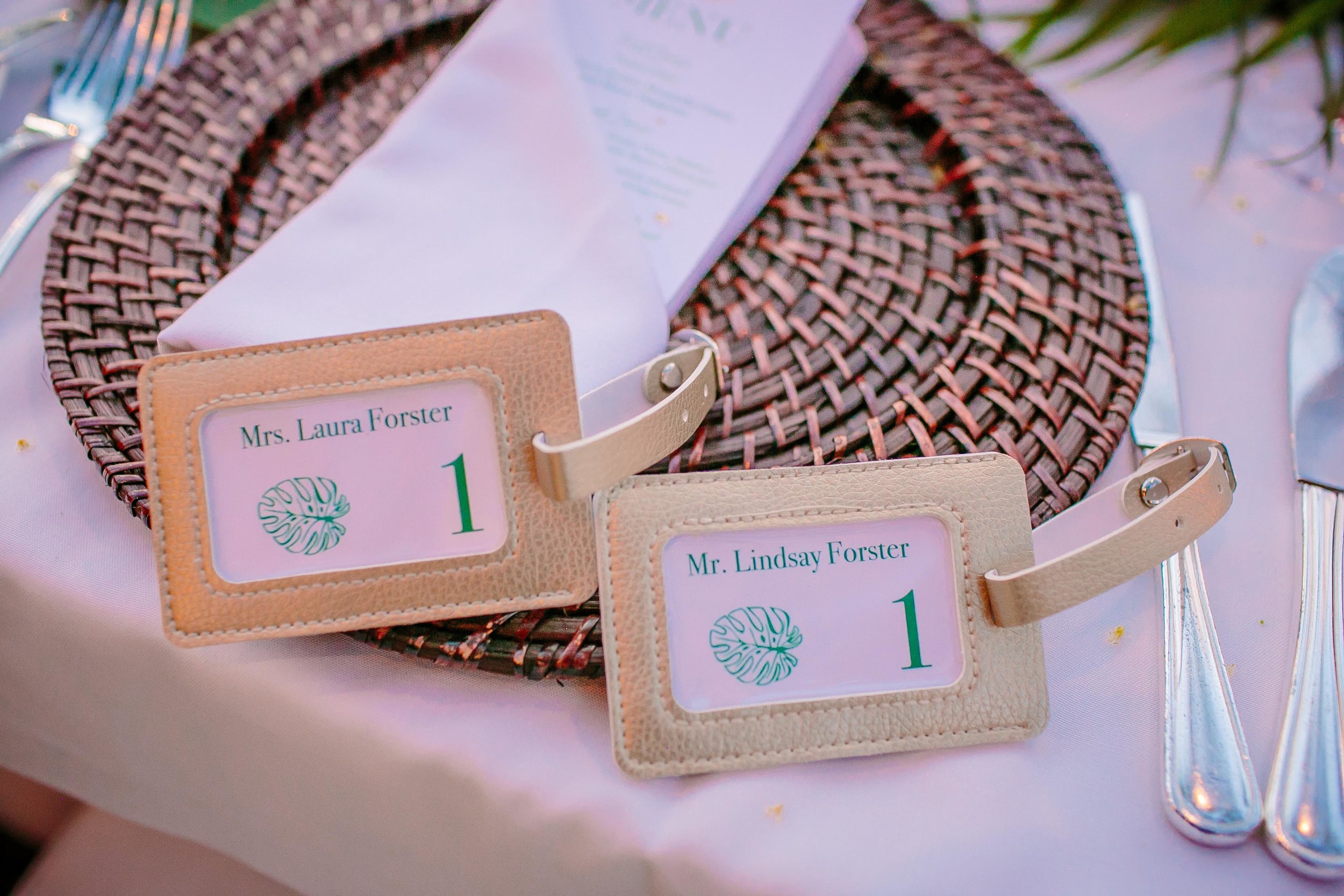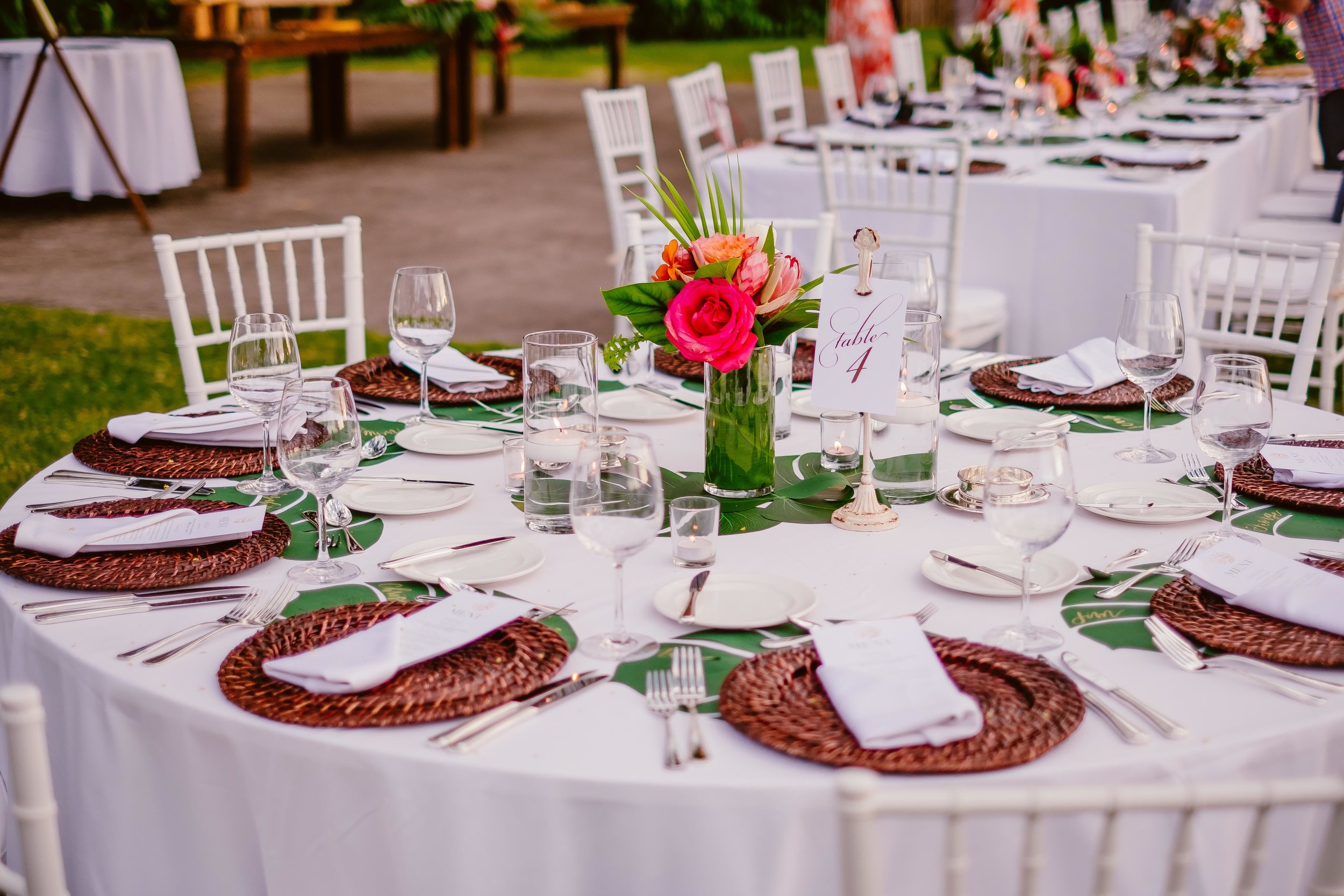A wedding invitation is typically the first contact your guests have with your nuptial event. The big day's announcement sets the tone of the wedding and includes all the essential details guests need to know about your wedding. It’s likely something they’ll keep it handy up to the day of and even bring the invitation with them to the wedding itself. And it's something you'll probably keep forever, too. Some couples frame their invitation or make it part of their wedding day photos.
With so much behind an invitation, it's important to choose words wisely, carefully consider the design, send them in a timely manner (6 - 8 weeks before the event is standard) and make your guests feel ready for the event. Now that we see how vital the invitation is, let's look at the language. Specifically, what must be included in the invite and why:
What wording should be included in an invitation?
Here are the most critical parts of an invitation:
· Announce the wedding hosts – who is inviting them to this wedding? Who is getting married?
· Wedding location, date and time – all the essential details
· Dress code – how should gusts dress? If the wedding will be outdoors, this is a great time to tell guests to be prepared for any weather.
· RVSP procedure (if no enclosure cards are given) – how should gusts indicate they’ll attend? Check out more information about the RSVP card here.
Here’s more information about each line of the invitation and suggestions for wording formal weddings versus informal ones. Remember, the language you use in your wedding invitation should reflect you as a couple and the tone of the event.
Host line: is where you will indicate the wedding host’s name. The host line will always appear at the very top of the invitation card. You should format the names of the hosts (those who are paying for the wedding) as required by the wedding invitation rules. Some tips: Use the phrase ‘the late’ if the host is deceased and include the hosts remarried name if they have remarried.
Request line: is requesting your guests’ presence. If it's informal, this line may be 'please join us' or, for a more formal wedding, 'the honor of your presence is requested.'
Action: this explains what's happening at the event. Some examples would be: 'the celebration of their union' or 'at the marriage of their daughter.'
Couples names: your name and your partner's name at the center and front of the invitation card. For mixed-gender couples, the bride's name typically goes first. For same-sex couples, the names can appear in alphabetical order. Formal invitations will include first and last names; informal invites will list the first name only.
Date, time and location: all the crucial details. When listing the venue, remember to list the name of the venue, city and state. It’s not necessary to add a street address, but it’s suggested if it’s a private residence.
Reception line: this is typically at the bottom of the card and lets the wedding guests know what will follow after the ceremony. Wording generally is 'reception to immediately follow' if it's a venue or church wedding or informal language could be 'dinner, drinks and dancing to follow.'
Notes on grammar
Grammar and wording are incredibly important when writing your wedding invitation. Remember to use simple language that every guest will understand and try to avoid extra or unnecessary words. Use uppercase letters for dates and lower case for all numbers. Finally, always proofread before printing the copy. It may be a good idea to have several people read the invitation before printing to avoid costly reprints.















